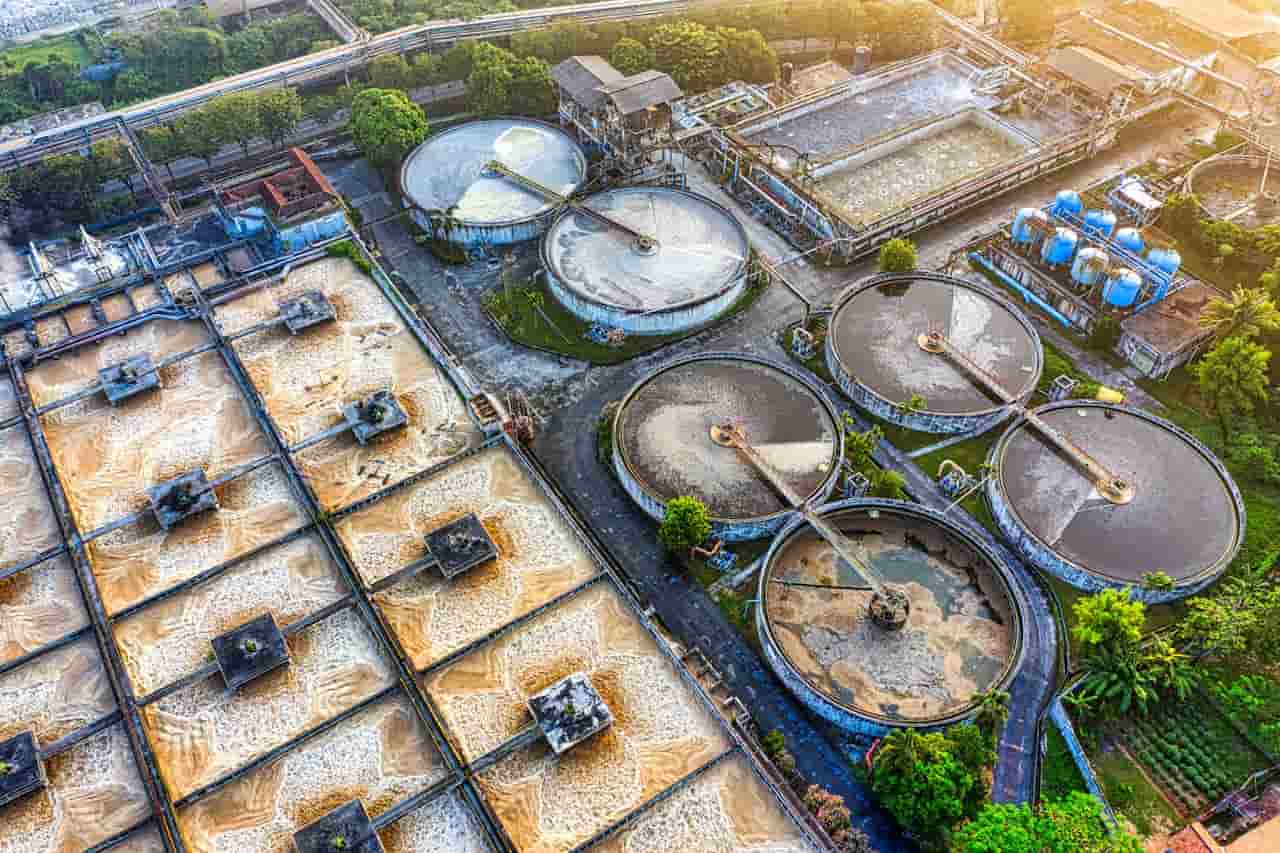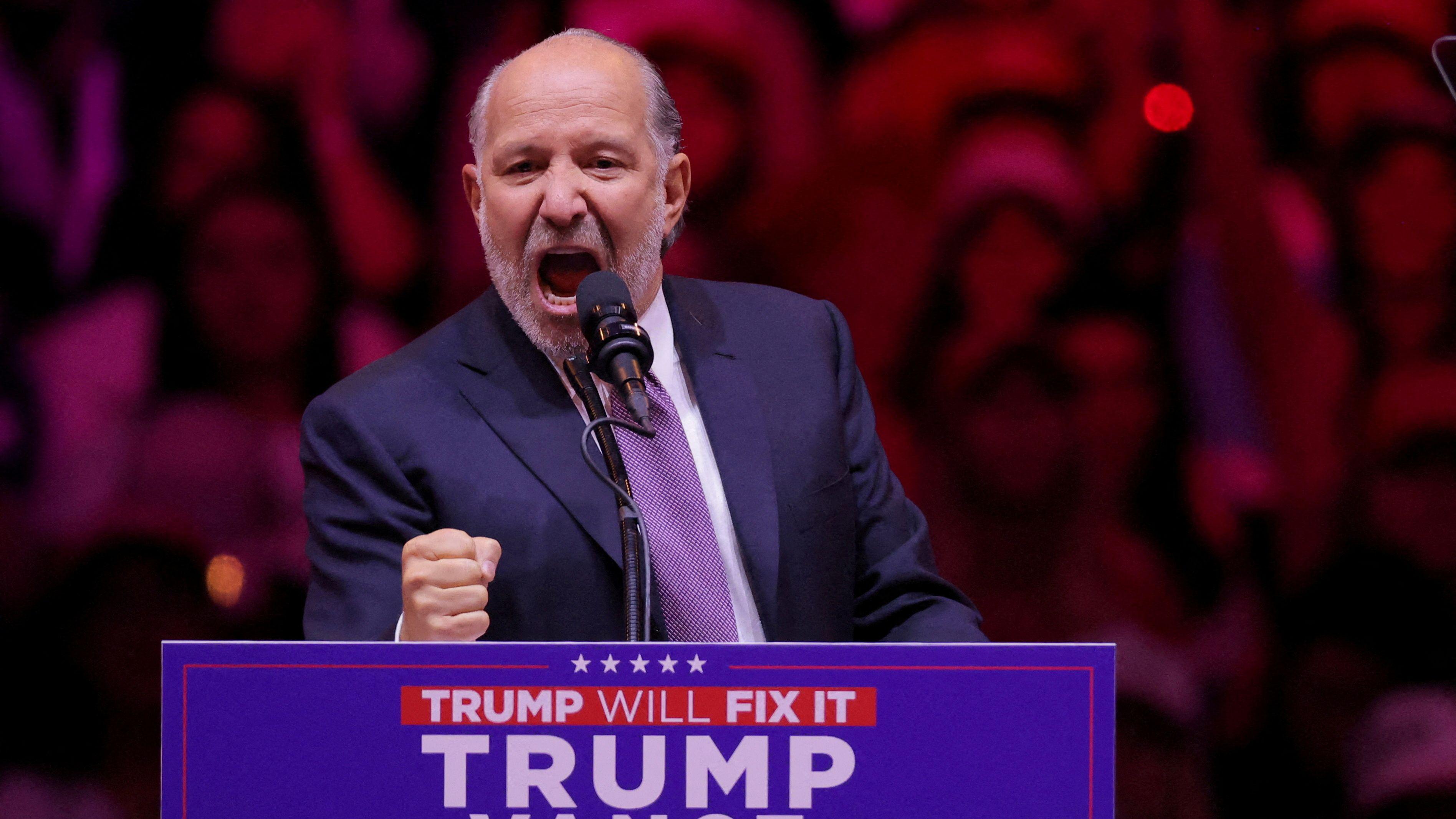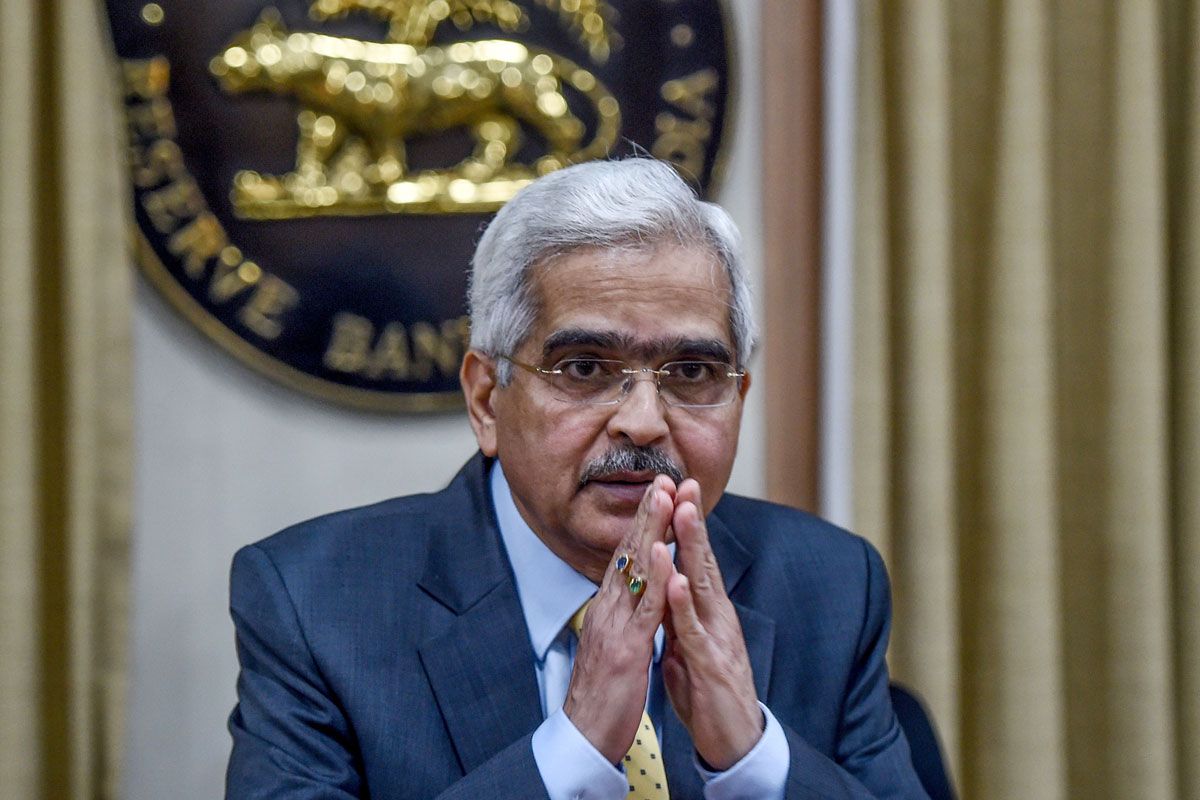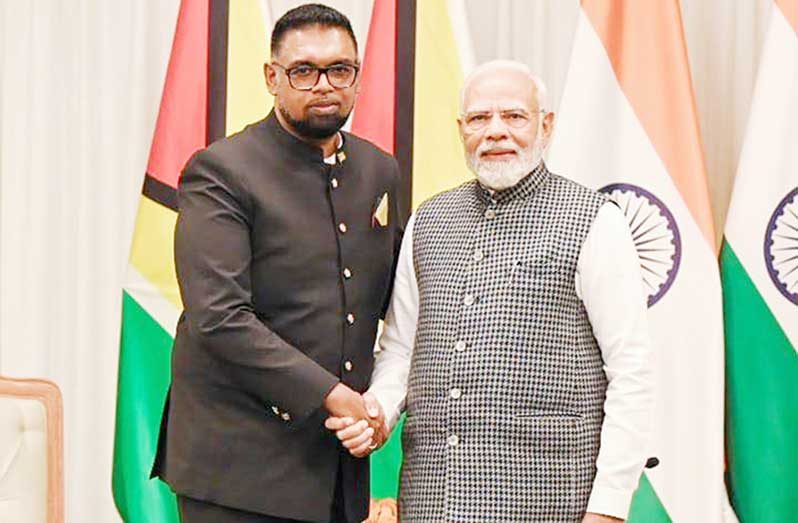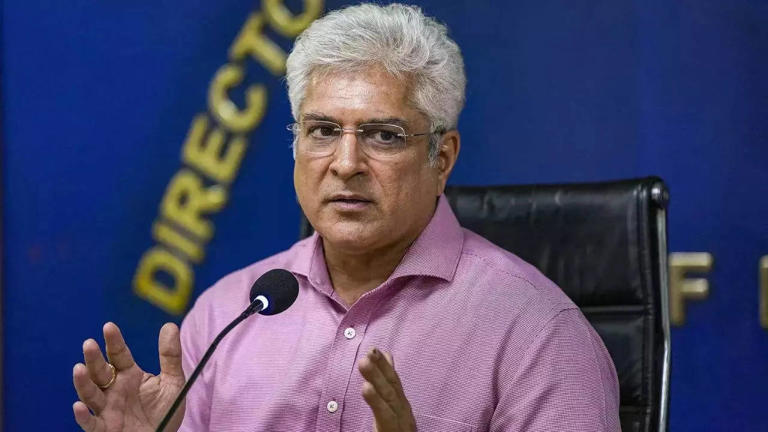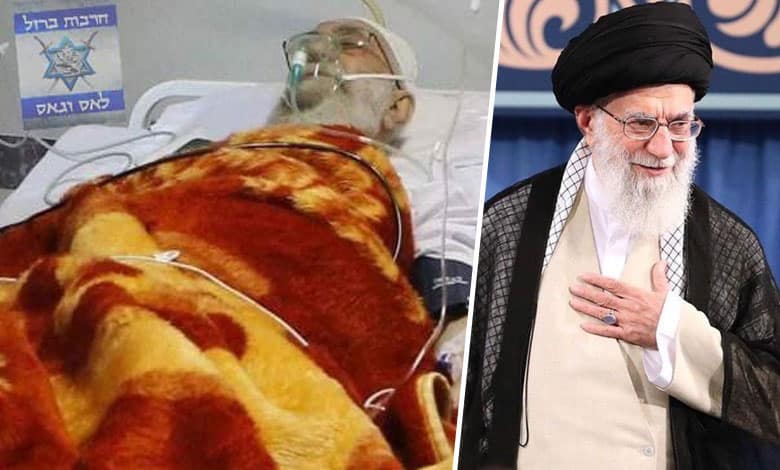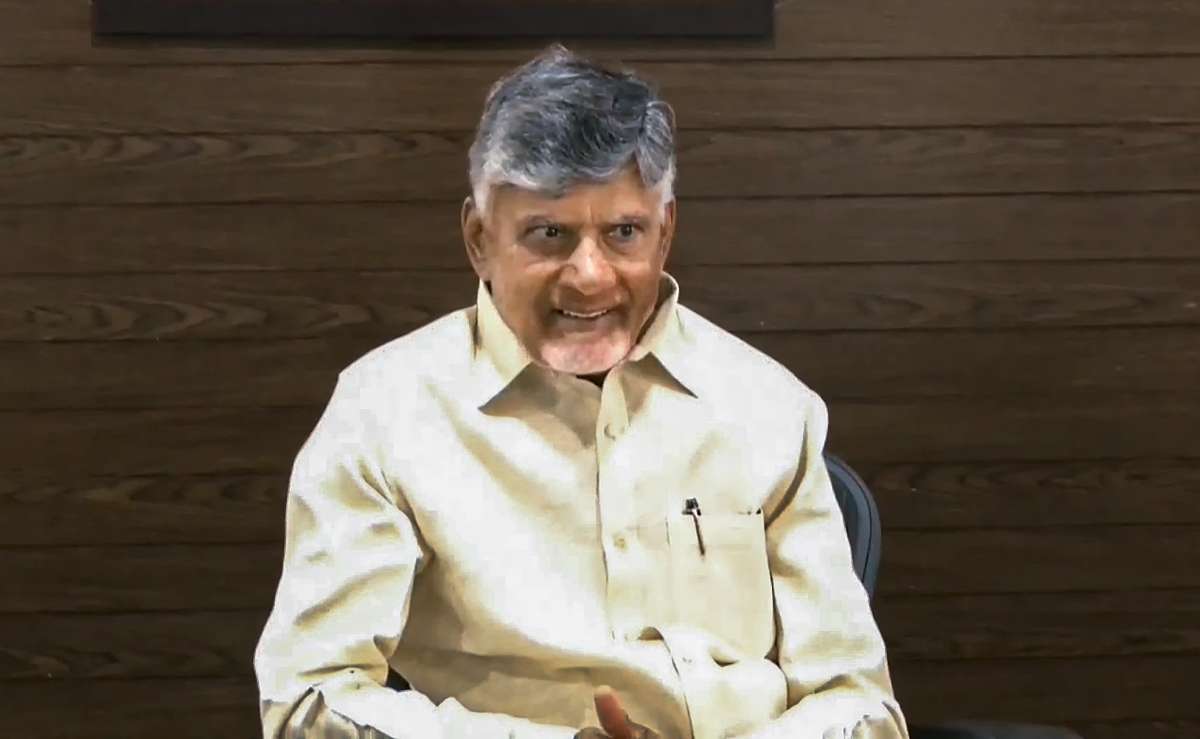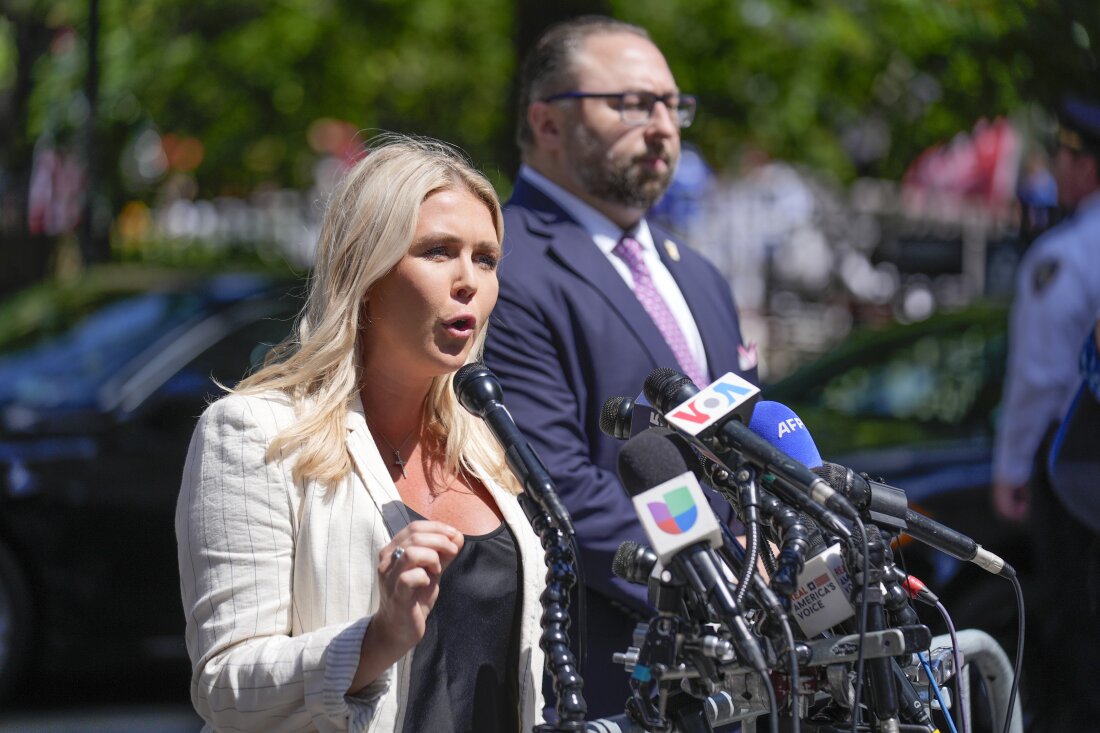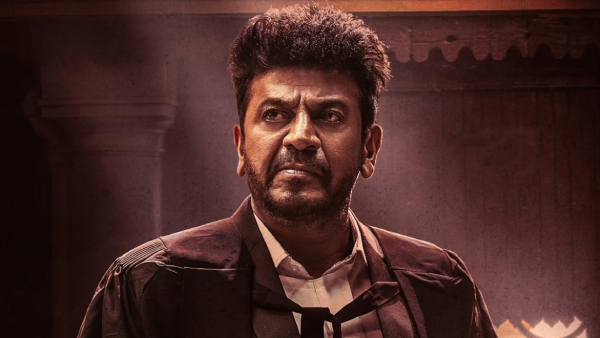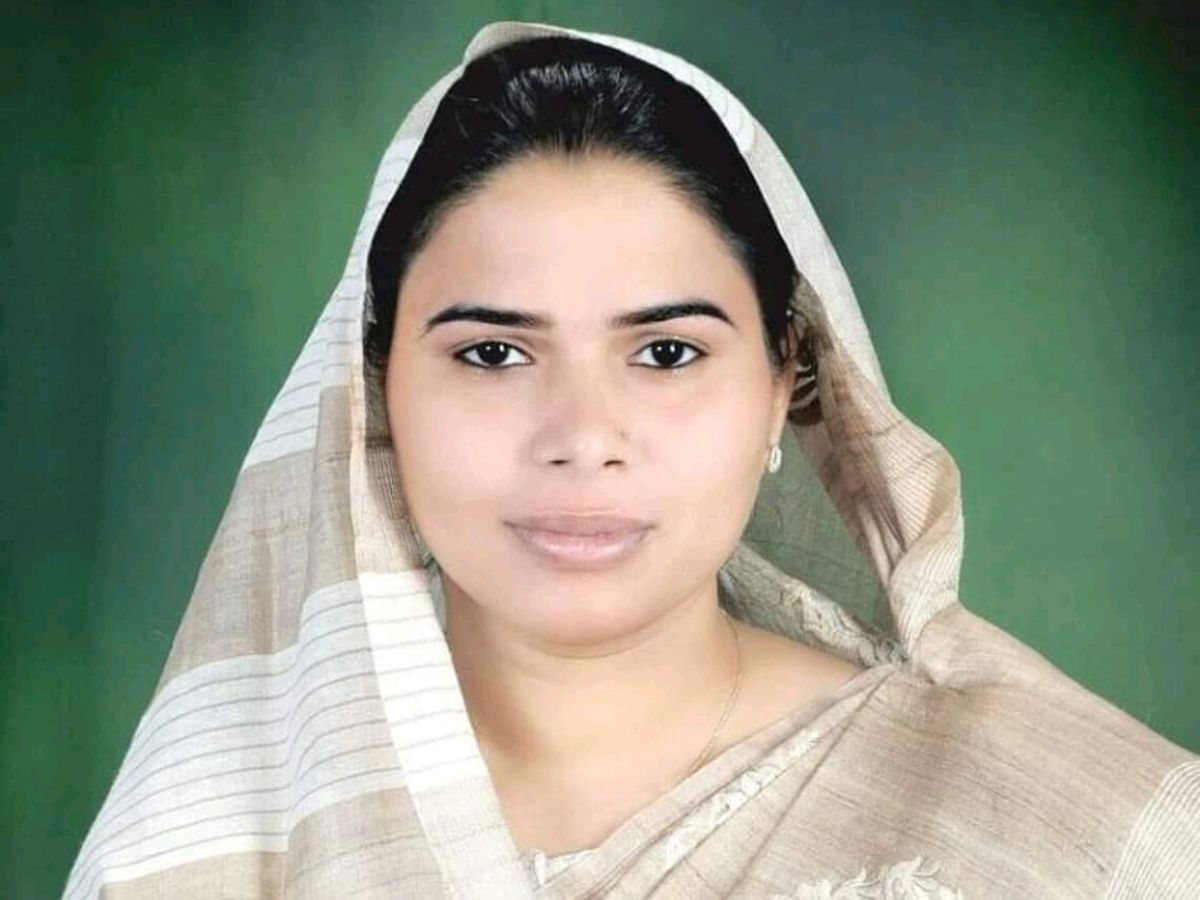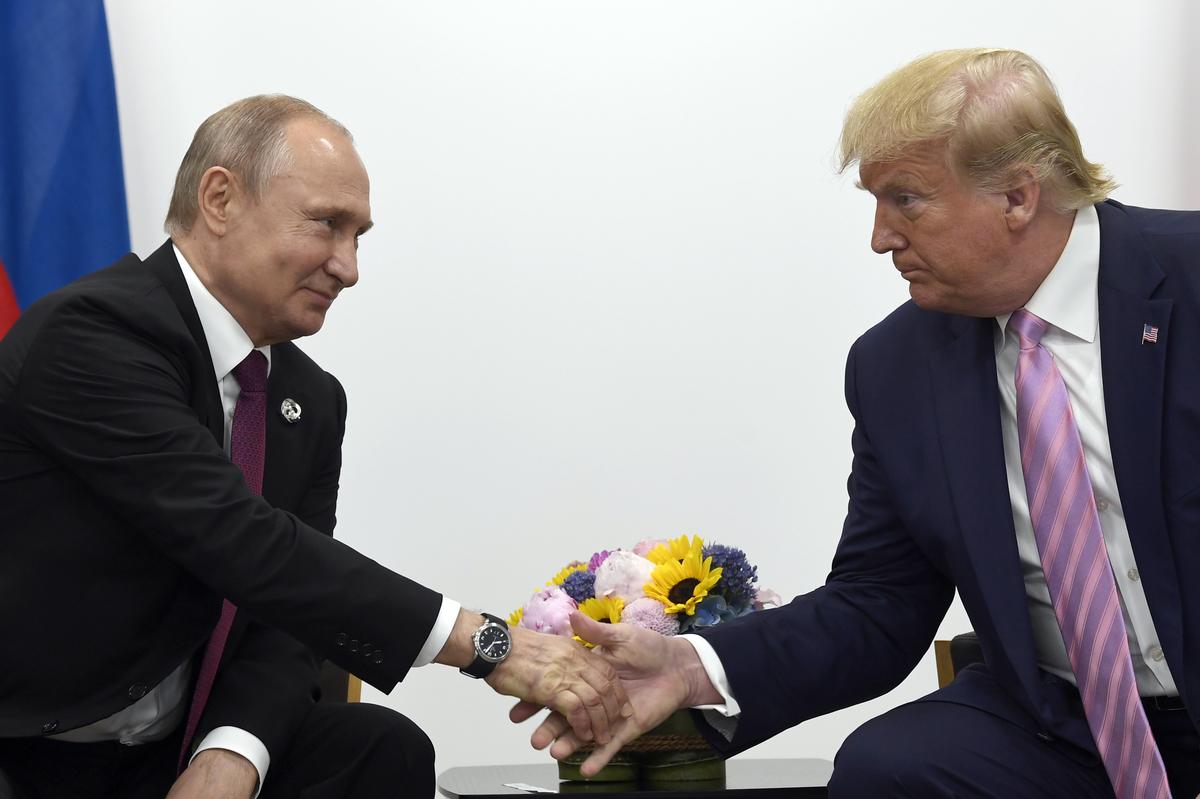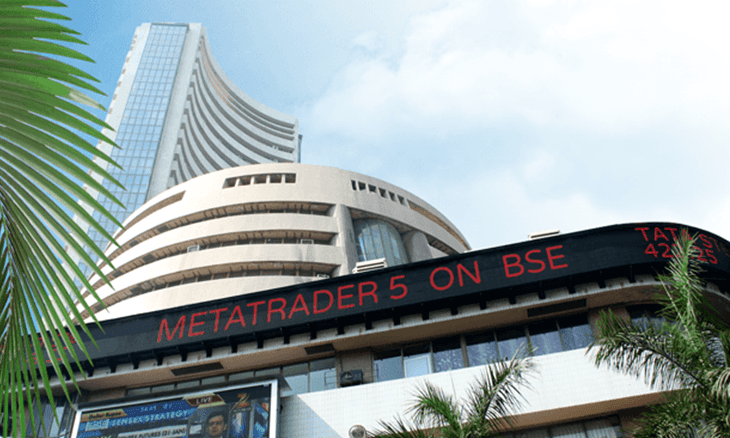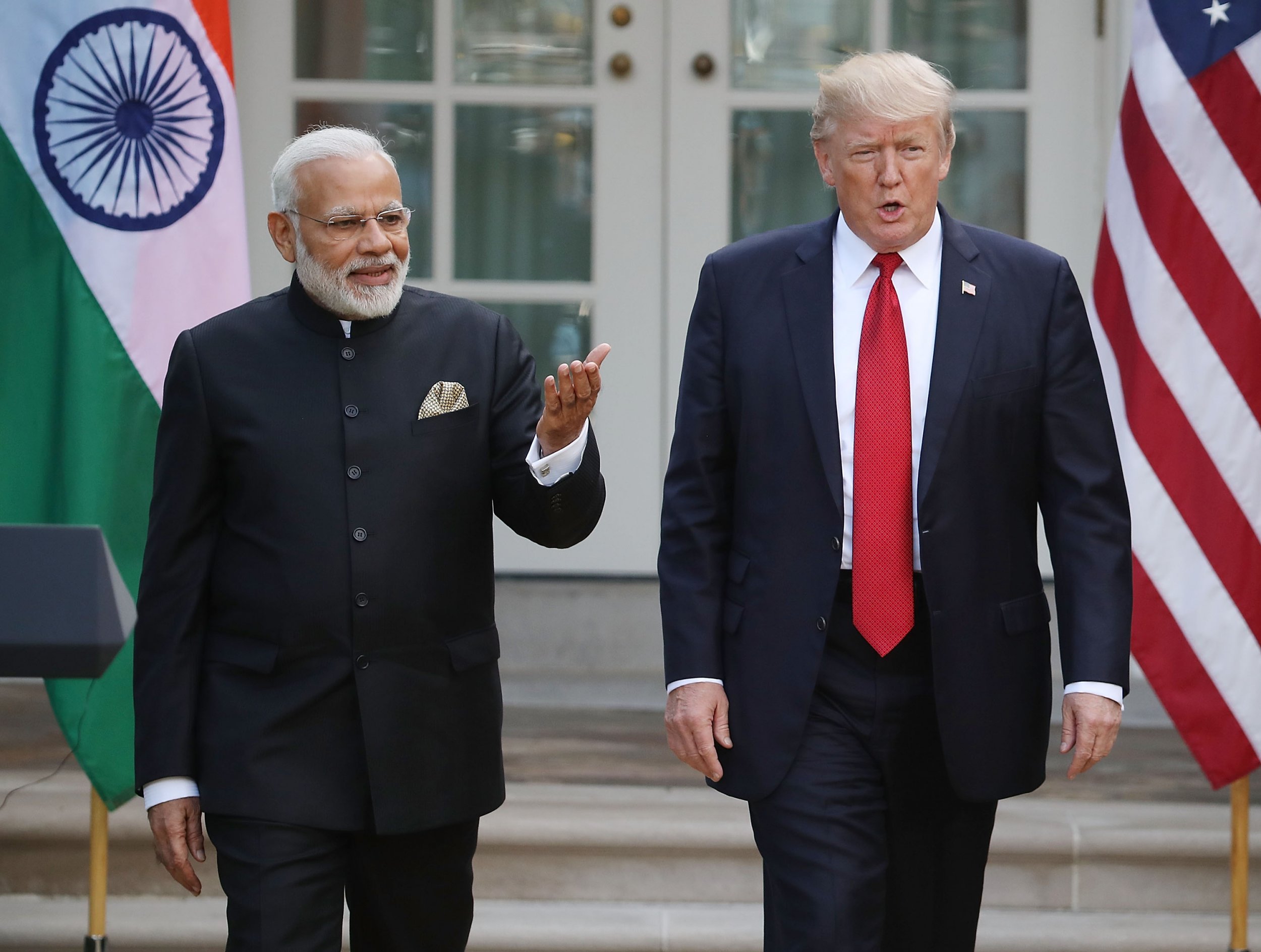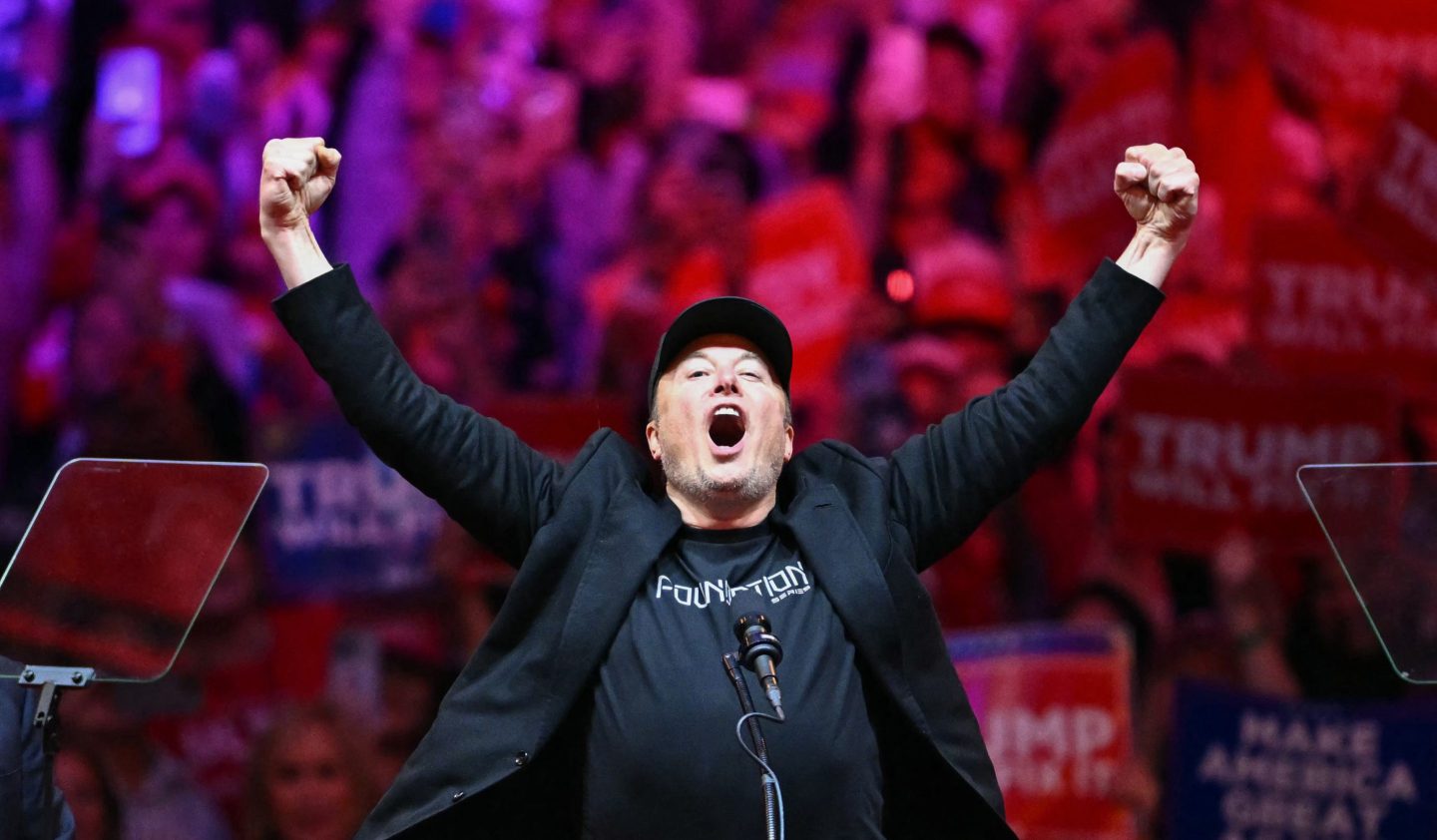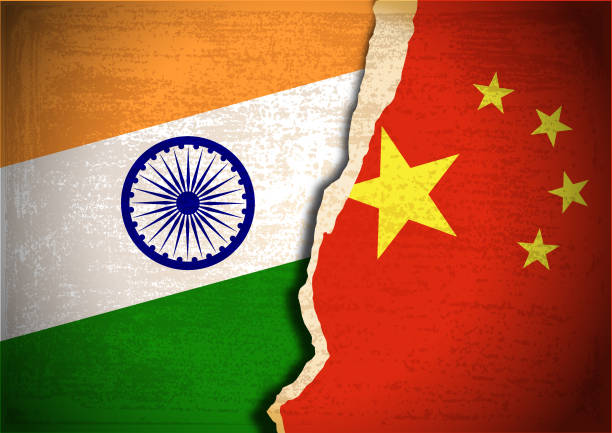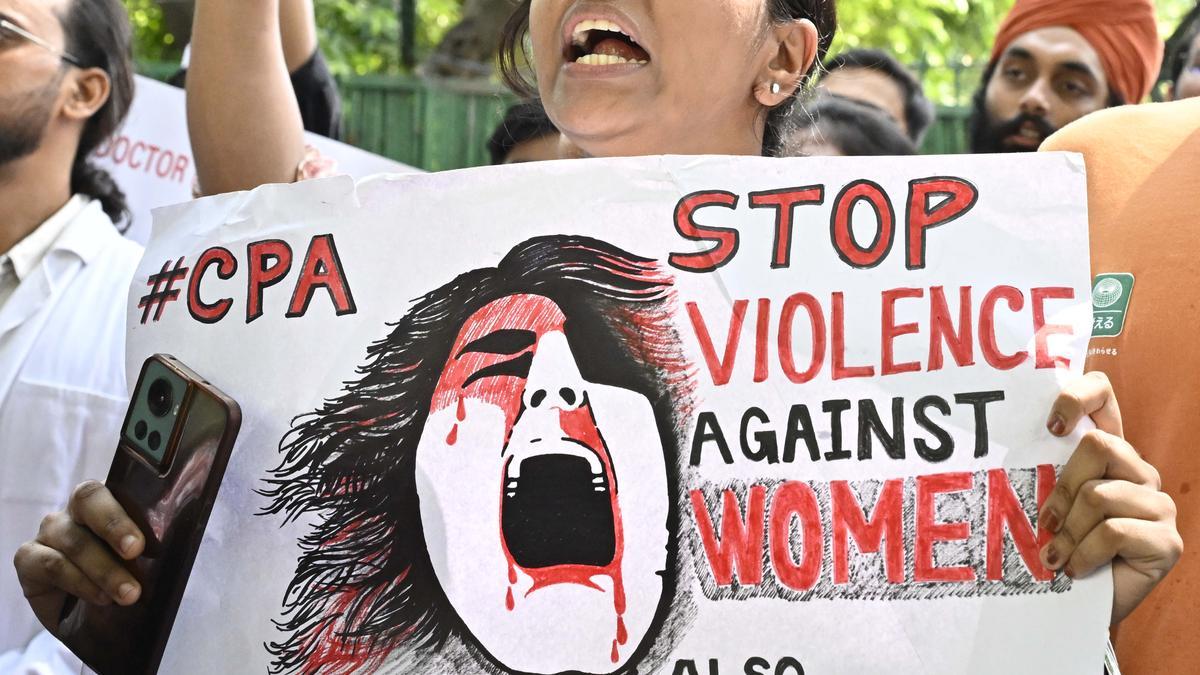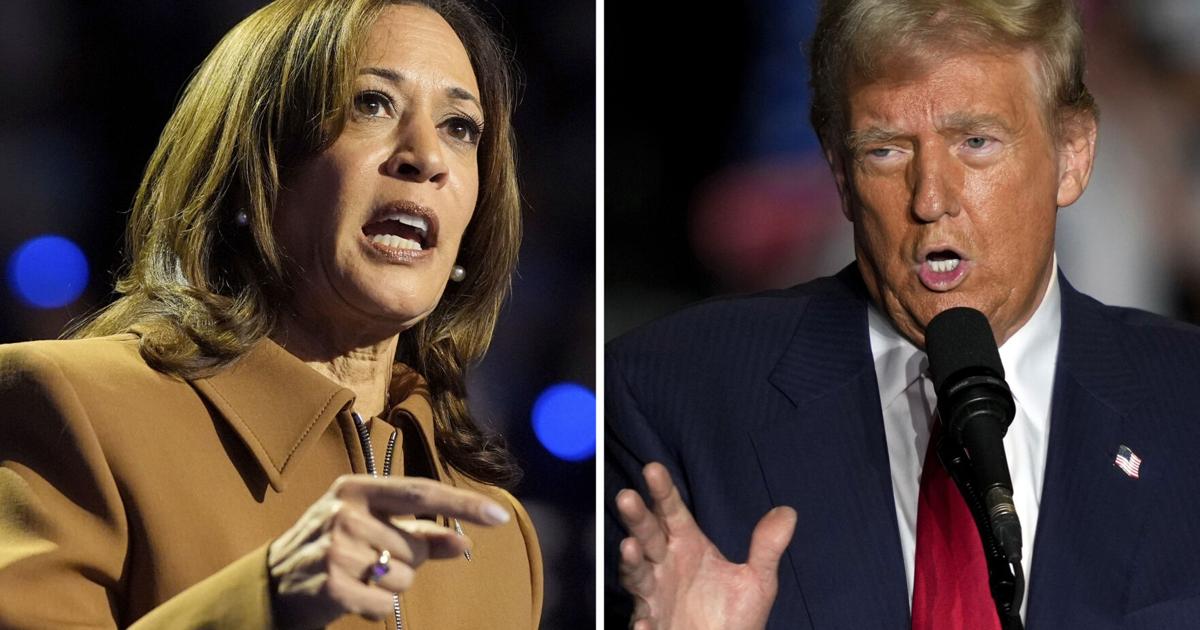Home / upcoming-election / Delhi Assembly Poll Campaigning Comes to a Close
Delhi Assembly Poll Campaigning Comes to a Close
By: My India Times
2 minutes read 61Updated At: 2025-02-05

The campaigning for the Delhi Assembly elections, set for February 5, 2025, came to an end at 6 p.m. on Monday, February 3, marking the culmination of weeks of intense political activity. The contest is poised to be a triangular face-off between the Aam Aadmi Party (AAP), the Bharatiya Janata Party (BJP), and the Congress, with each party focusing heavily on their key electoral promises to win over voters in the capital.
BJP’s Rally Blitz and Promise of Development
The BJP, aiming to reclaim power after 28 years, intensified its efforts with an aggressive rally schedule. Prime Minister Narendra Modi played a central role in the party's campaign, addressing five rallies in Delhi, including three post-poll announcement. The BJP’s strategy involved emphasizing a development-oriented agenda, highlighting the alleged failures of the AAP government in Delhi. The party’s rhetoric focused on combating corruption and presenting a vision of progress, while promising to deliver on developmental promises if given a chance to govern.
AAP’s Push for Continuity and Welfare Schemes
On the other hand, AAP, seeking to retain control for a fourth consecutive term, campaigned on the strength of its welfare schemes, particularly free electricity and water, which have been key selling points. AAP leader Arvind Kejriwal addressed multiple rallies, urging voters to ensure the continuity of these initiatives. The party warned that a BJP win would result in the rollback of these services, a claim the BJP leadership repeatedly dismissed. Kejriwal’s team also focused on future promises, such as expanding healthcare and education, and pitched a vision for further development and middle-class welfare.
Congress Seeks a Comeback with Sheila Dikshit’s Legacy
Meanwhile, the Congress party, which has been out of power in Delhi for a decade, pushed hard to make a political comeback. The Congress campaign was led by senior leaders such as Rahul Gandhi, Priyanka Gandhi Vadra, and Mallikarjun Kharge, all of whom criticized the ruling AAP and BJP for their inability to meet expectations. The Congress pitched its potential return as a promise to restore the pace of development seen under Sheila Dikshit’s tenure. The party aimed to tap into the nostalgia for the previous Congress government while positioning itself as a viable alternative to the two dominant parties in the fray.
Massive Rally Count and Campaigning Efforts
The BJP held nearly 200 rallies in a last-minute effort to energize its supporters, with Chief Ministers from several BJP-ruled states also joining the fray. In comparison, the AAP maintained a steady momentum, with Arvind Kejriwal addressing at least three rallies every day for the past fortnight. Both parties were active in engaging with the Election Commission on various issues, including voter list concerns and alleged remarks made by Kejriwal about the Yamuna River’s contamination.
Final Preparations and Voter Turnout
With over 1.5 crore voters eligible to cast their ballots across 70 constituencies, the final phase of the election campaign has concluded. As voters prepare to decide the fate of the contenders, all eyes will be on the results, which are scheduled to be announced on February 8. The outcome of this election will not only determine the political landscape of Delhi but could also shape the future trajectory of Indian politics as these parties battle for supremacy in the national capital.
....The campaigning for the Delhi Assembly elections, set for February 5, 2025, came to an end at 6 p.m. on Monday, February 3, marking the culmination of weeks of intense political activity. The contest is poised to be a triangular face-off between the Aam Aadmi Party (AAP), the Bharatiya Janata Party (BJP), and the Congress, with each party focusing heavily on their key electoral promises to win over voters in the capital.
BJP’s Rally Blitz and Promise of Development
The BJP, aiming to reclaim power after 28 years, intensified its efforts with an aggressive rally schedule. Prime Minister Narendra Modi played a central role in the party's campaign, addressing five rallies in Delhi, including three post-poll announcement. The BJP’s strategy involved emphasizing a development-oriented agenda, highlighting the alleged failures of the AAP government in Delhi. The party’s rhetoric focused on combating corruption and presenting a vision of progress, while promising to deliver on developmental promises if given a chance to govern.
AAP’s Push for Continuity and Welfare Schemes
On the other hand, AAP, seeking to retain control for a fourth consecutive term, campaigned on the strength of its welfare schemes, particularly free electricity and water, which have been key selling points. AAP leader Arvind Kejriwal addressed multiple rallies, urging voters to ensure the continuity of these initiatives. The party warned that a BJP win would result in the rollback of these services, a claim the BJP leadership repeatedly dismissed. Kejriwal’s team also focused on future promises, such as expanding healthcare and education, and pitched a vision for further development and middle-class welfare.
Congress Seeks a Comeback with Sheila Dikshit’s Legacy
Meanwhile, the Congress party, which has been out of power in Delhi for a decade, pushed hard to make a political comeback. The Congress campaign was led by senior leaders such as Rahul Gandhi, Priyanka Gandhi Vadra, and Mallikarjun Kharge, all of whom criticized the ruling AAP and BJP for their inability to meet expectations. The Congress pitched its potential return as a promise to restore the pace of development seen under Sheila Dikshit’s tenure. The party aimed to tap into the nostalgia for the previous Congress government while positioning itself as a viable alternative to the two dominant parties in the fray.
Massive Rally Count and Campaigning Efforts
The BJP held nearly 200 rallies in a last-minute effort to energize its supporters, with Chief Ministers from several BJP-ruled states also joining the fray. In comparison, the AAP maintained a steady momentum, with Arvind Kejriwal addressing at least three rallies every day for the past fortnight. Both parties were active in engaging with the Election Commission on various issues, including voter list concerns and alleged remarks made by Kejriwal about the Yamuna River’s contamination.
Final Preparations and Voter Turnout
With over 1.5 crore voters eligible to cast their ballots across 70 constituencies, the final phase of the election campaign has concluded. As voters prepare to decide the fate of the contenders, all eyes will be on the results, which are scheduled to be announced on February 8. The outcome of this election will not only determine the political landscape of Delhi but could also shape the future trajectory of Indian politics as these parties battle for supremacy in the national capital.
By: My India Times
Updated At: 2025-02-05
Tags: upcoming-election News | My India Times News | Trending News | Travel News
Join our WhatsApp Channel










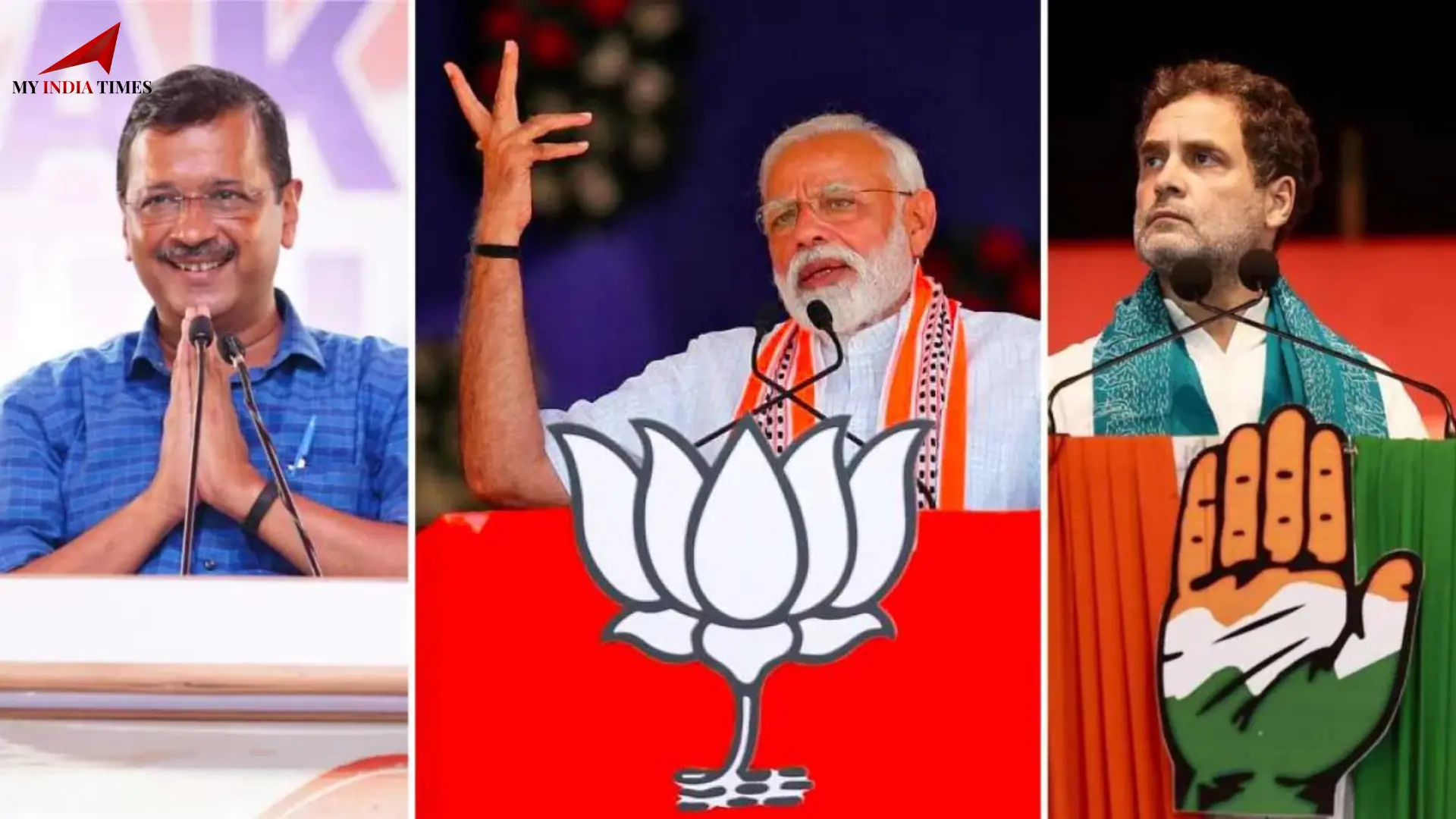




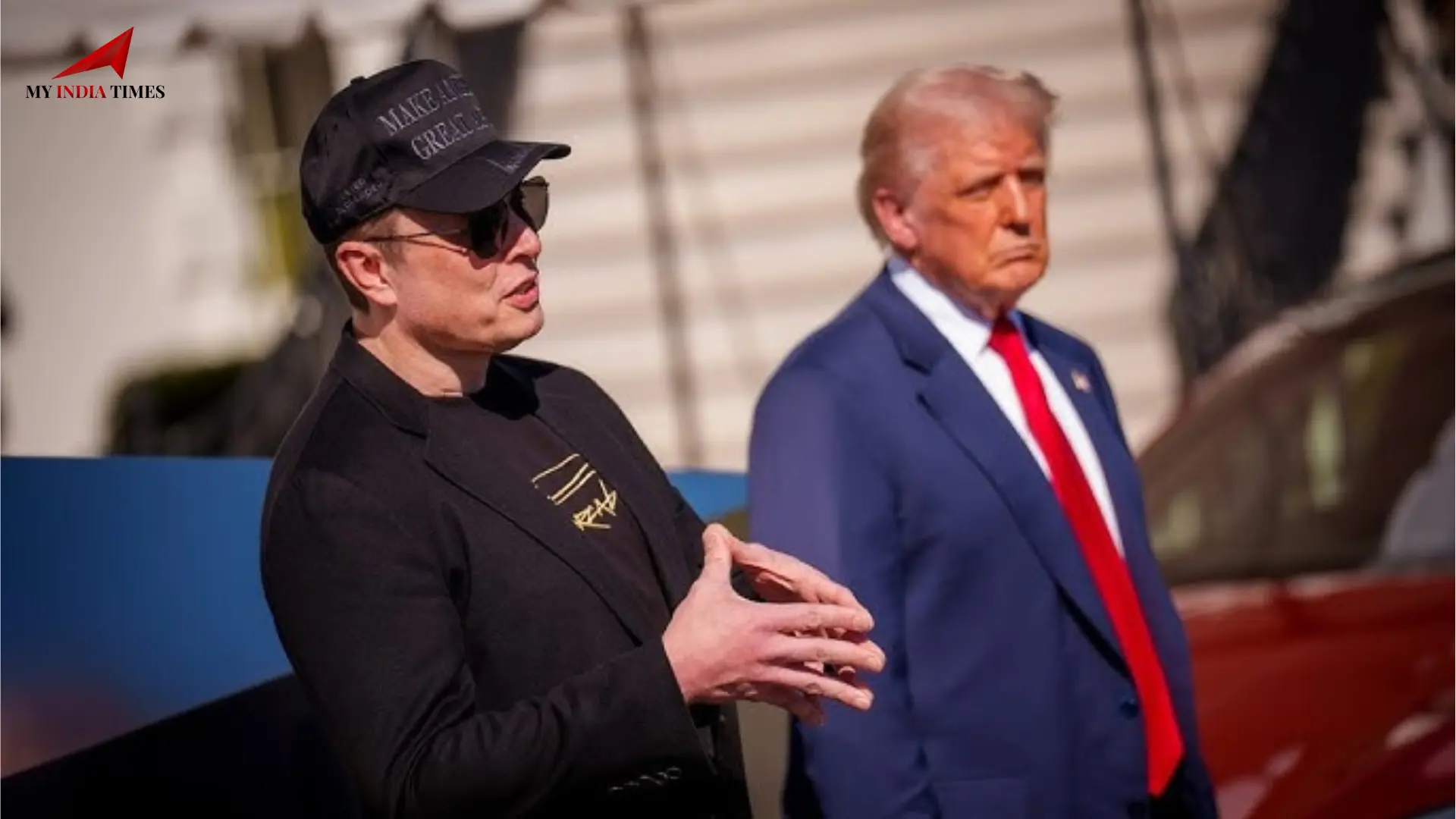
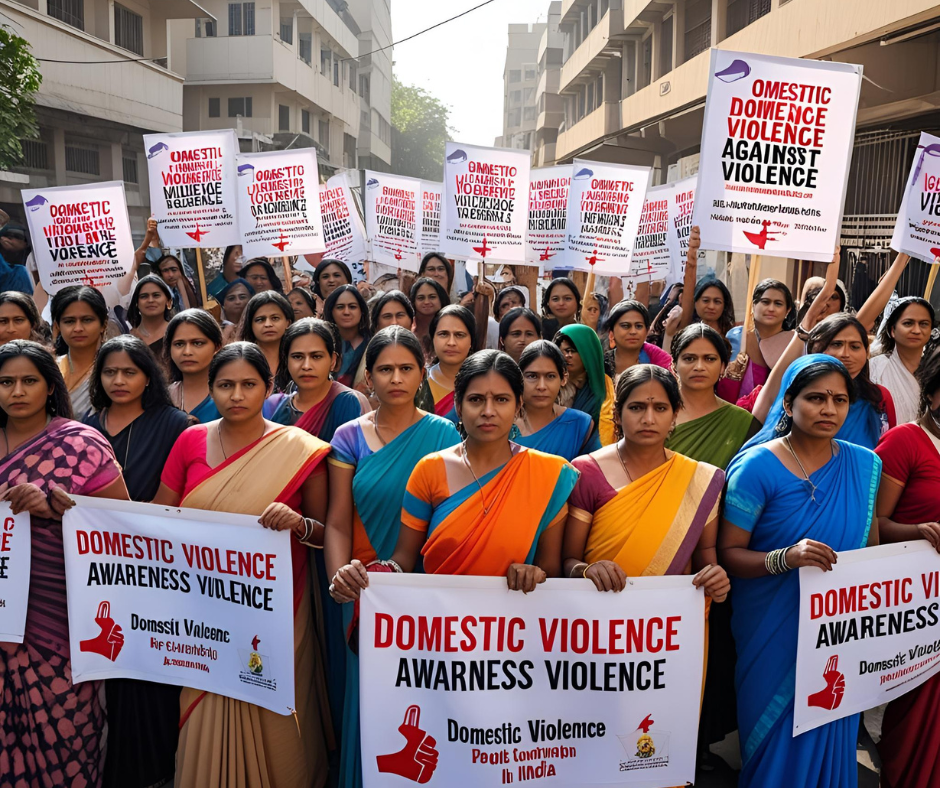

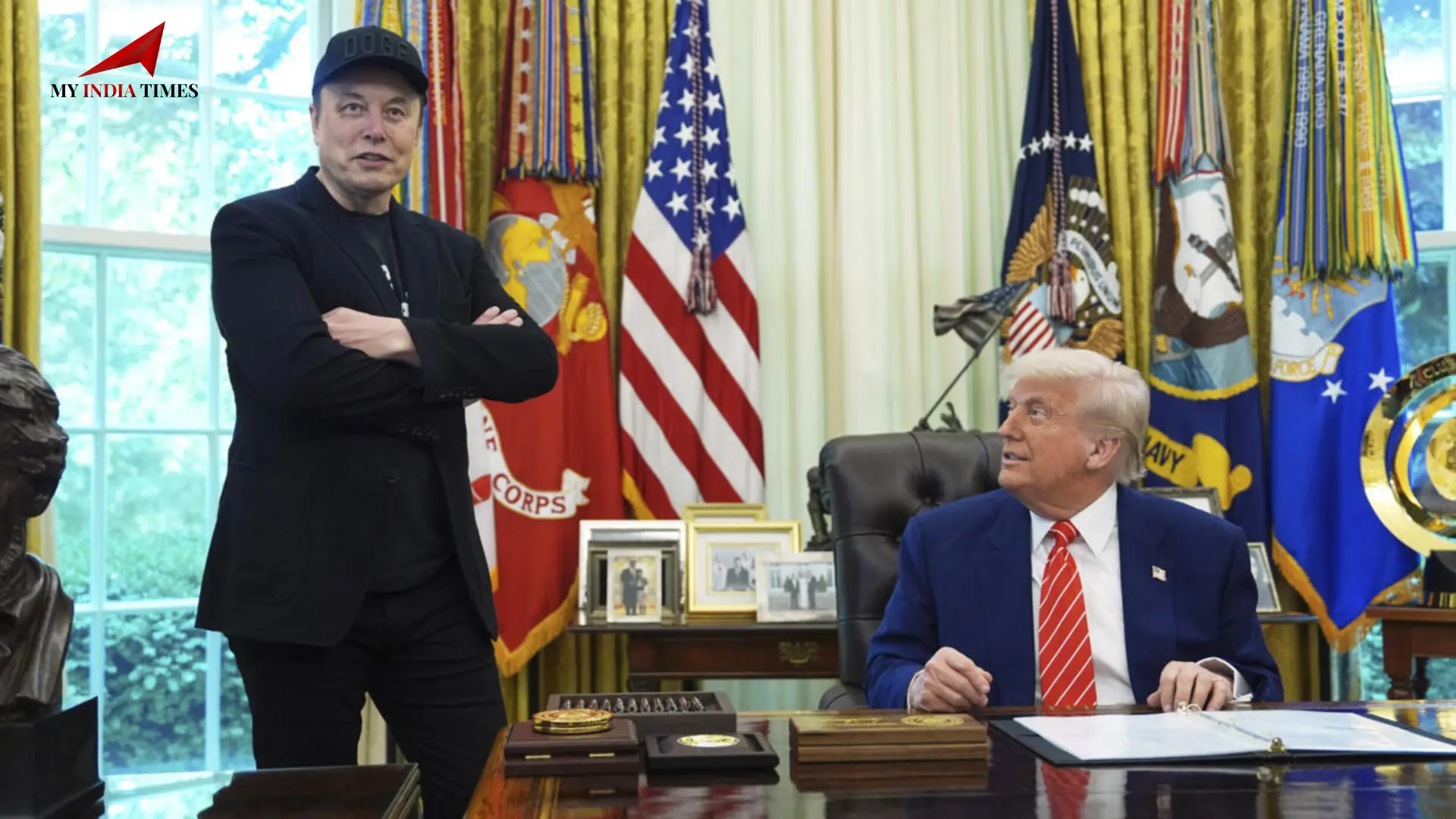


















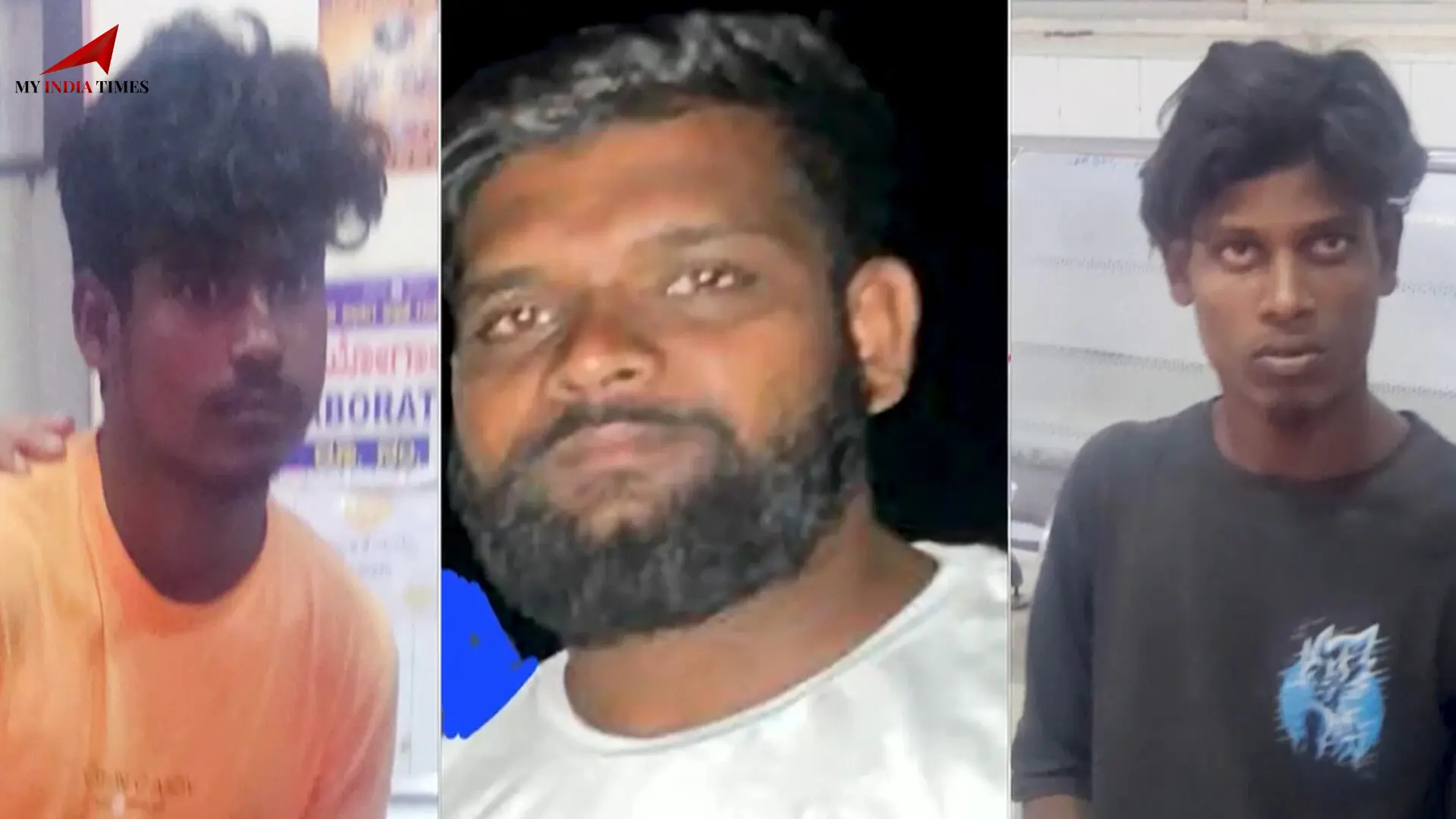
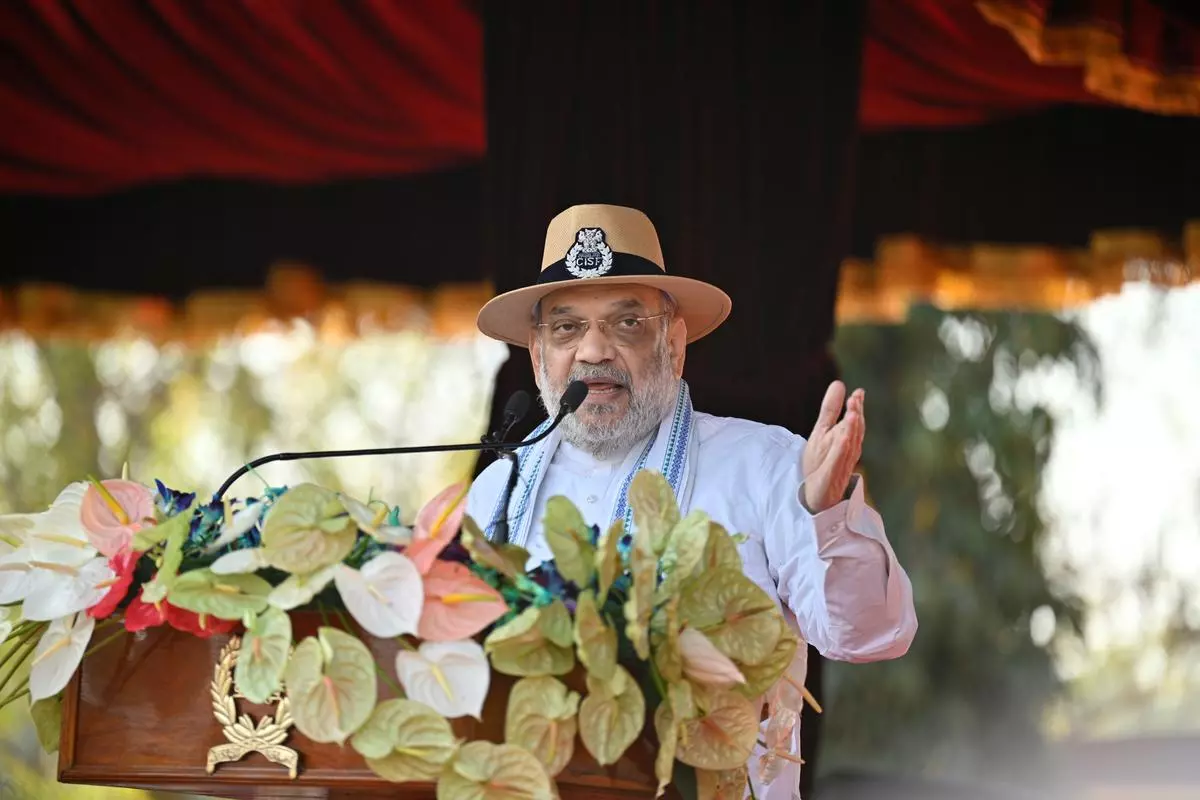

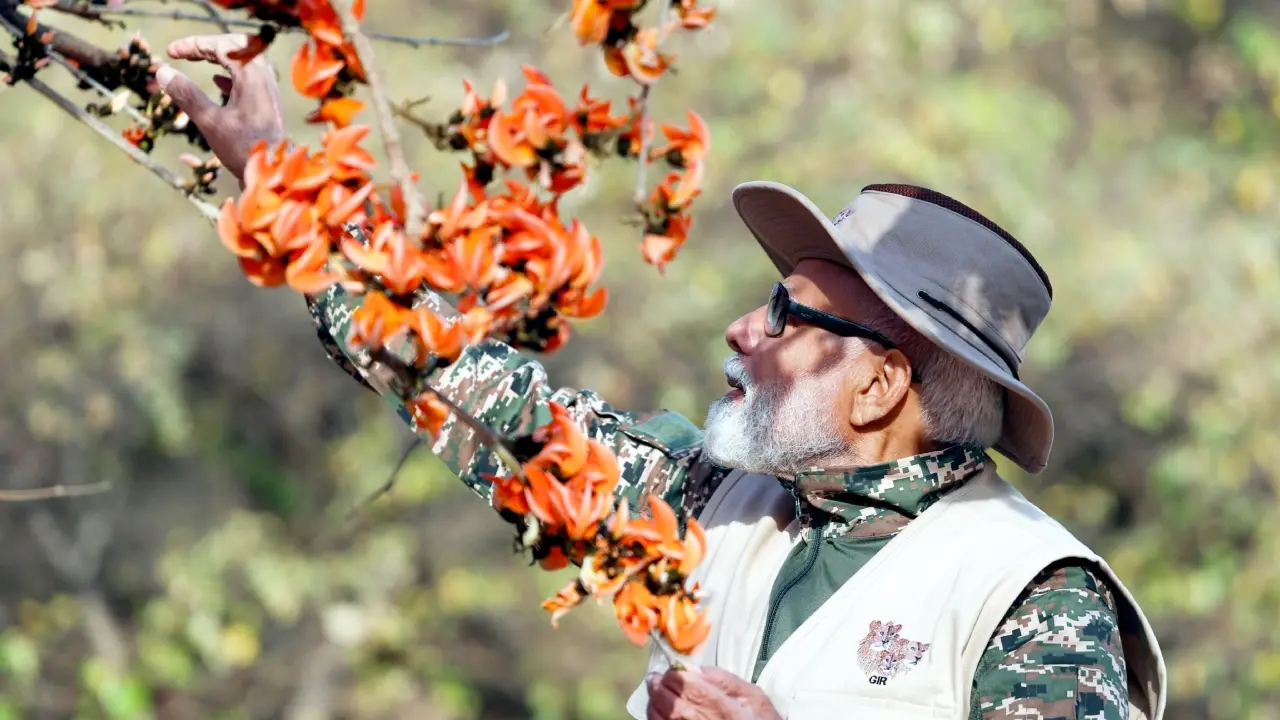
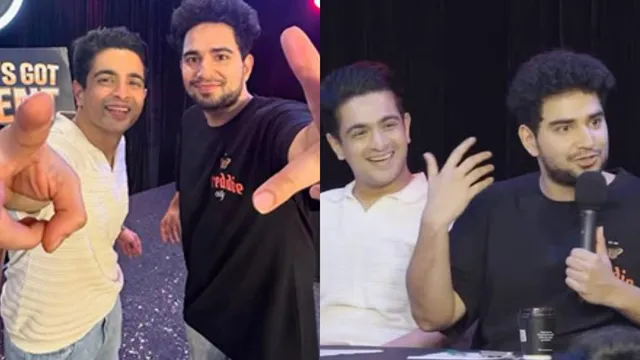

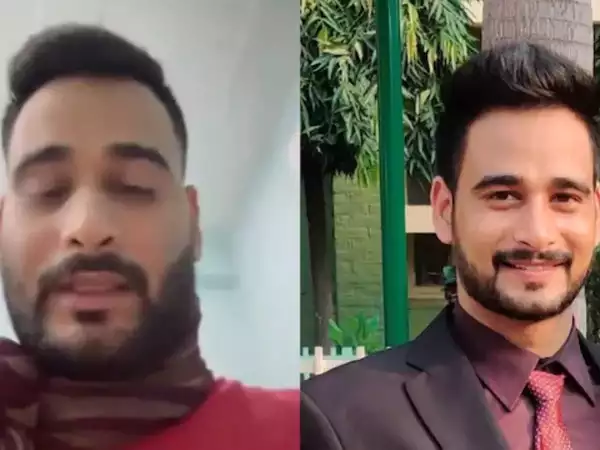
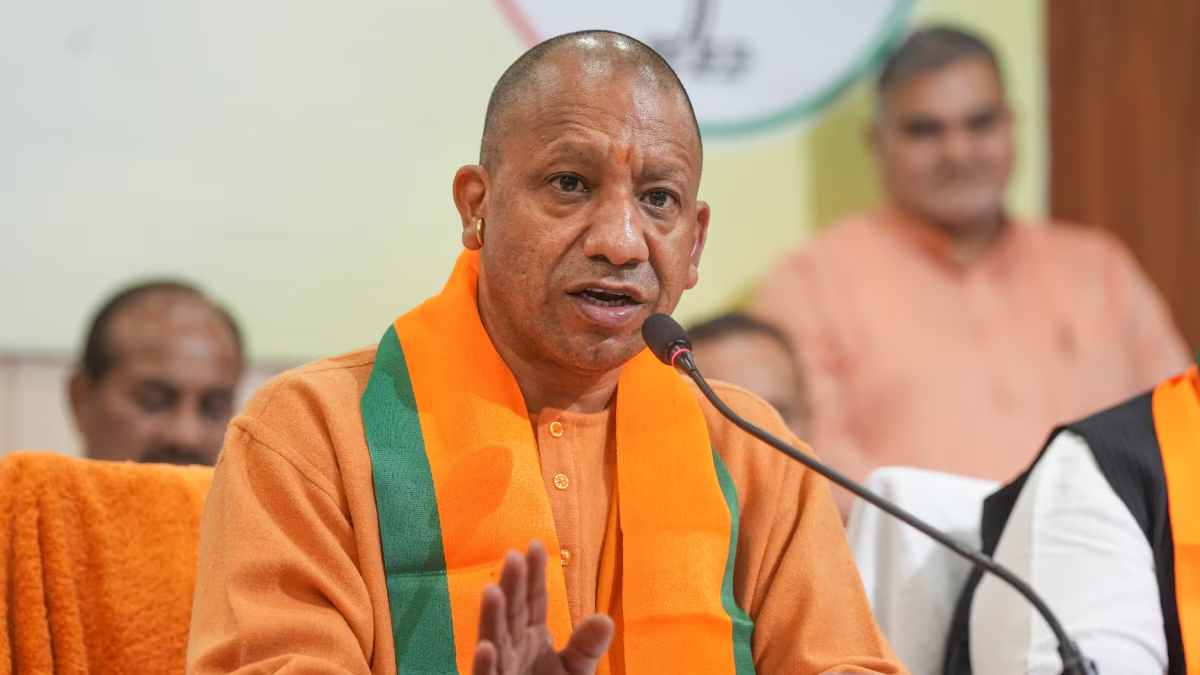
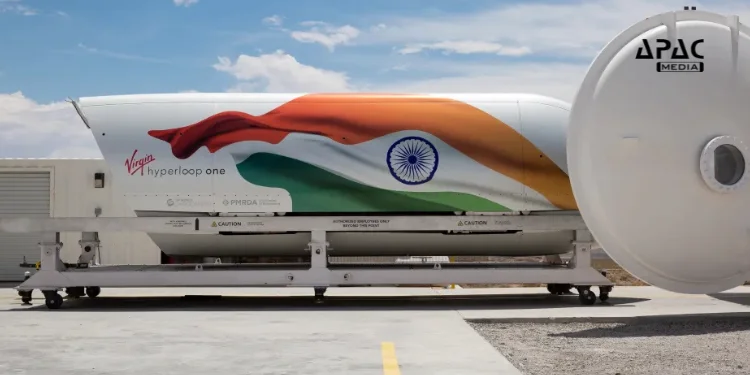

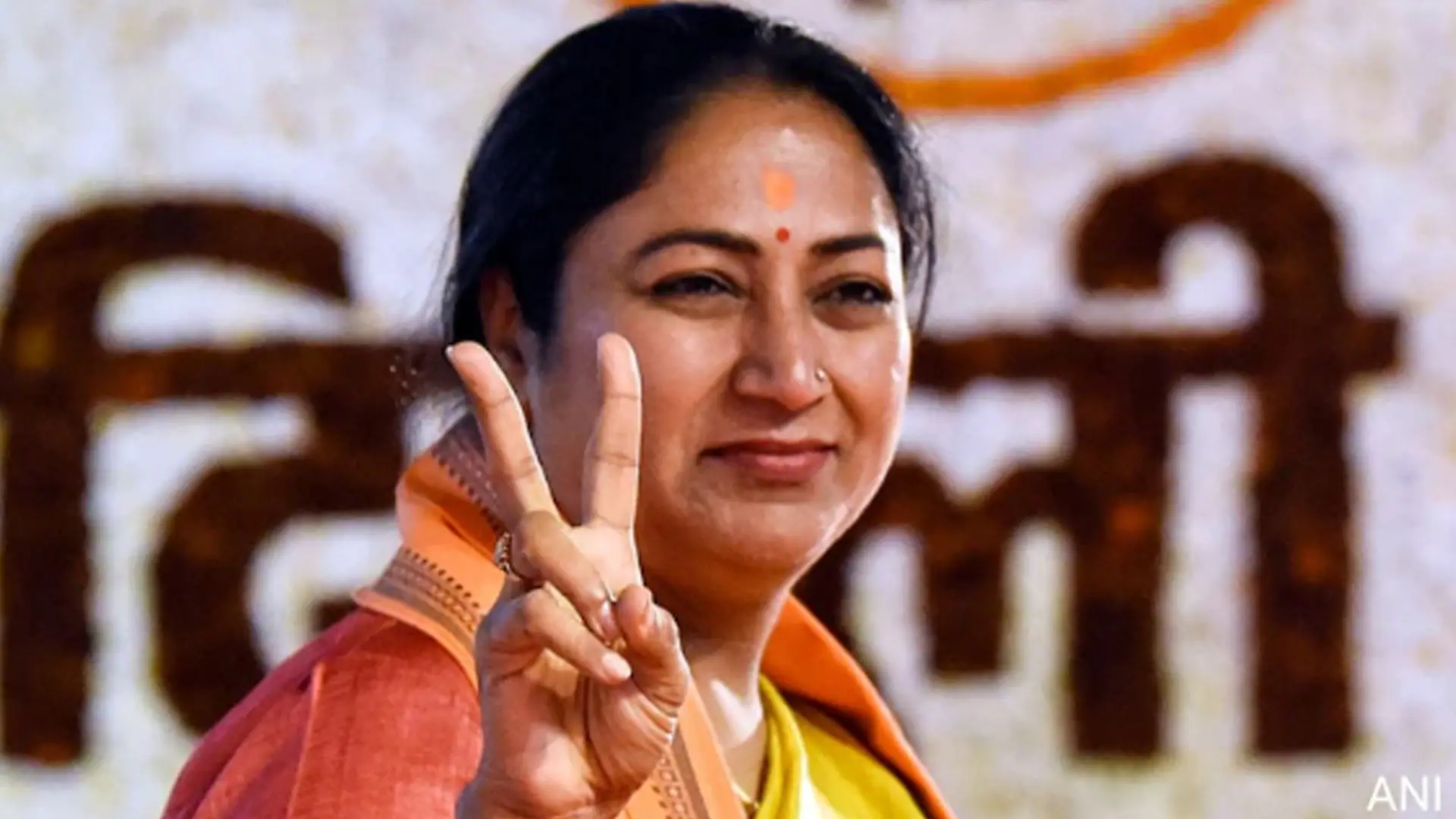
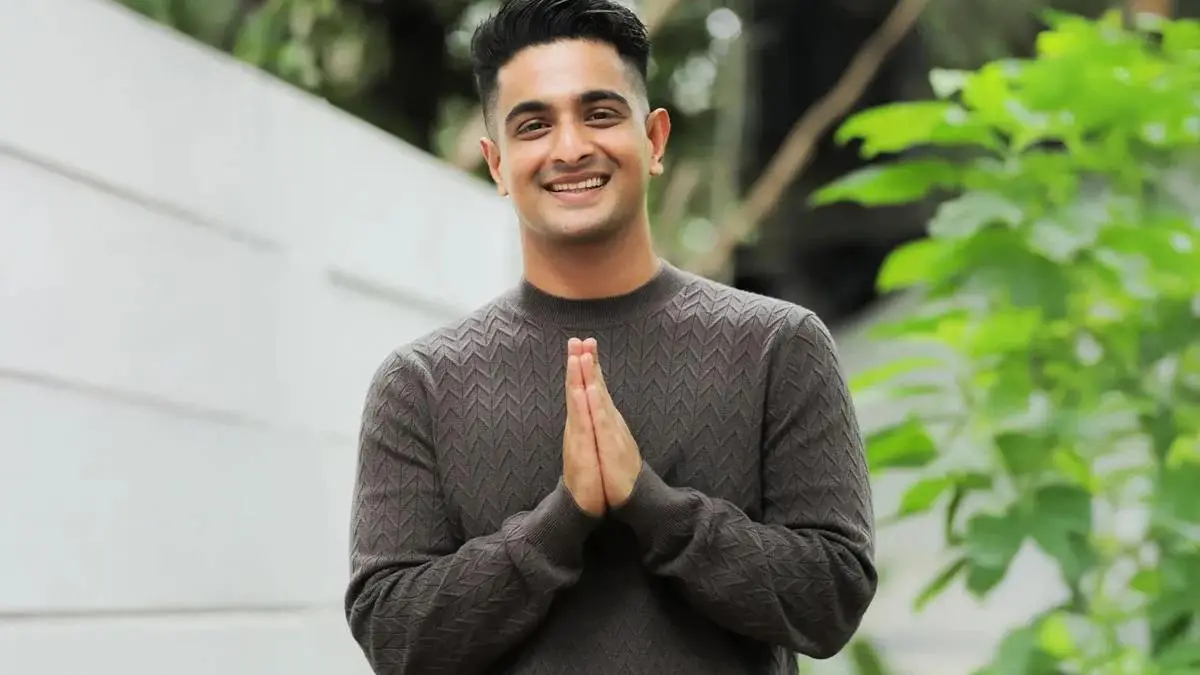
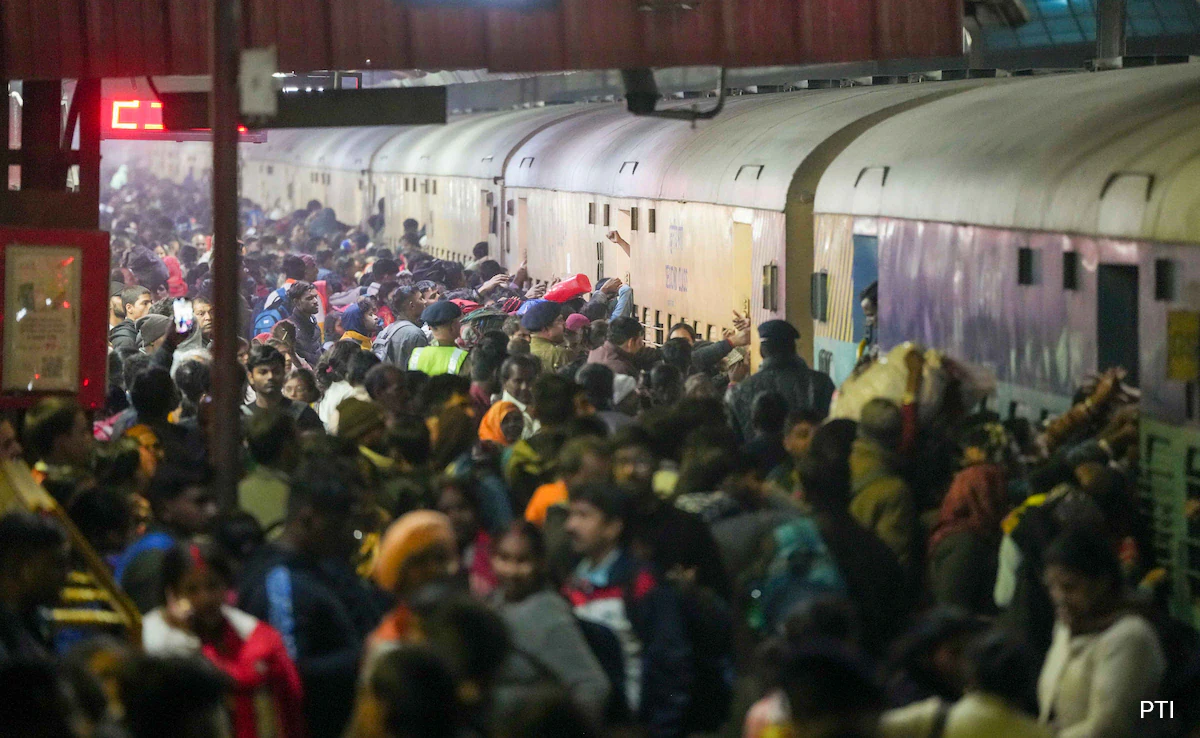
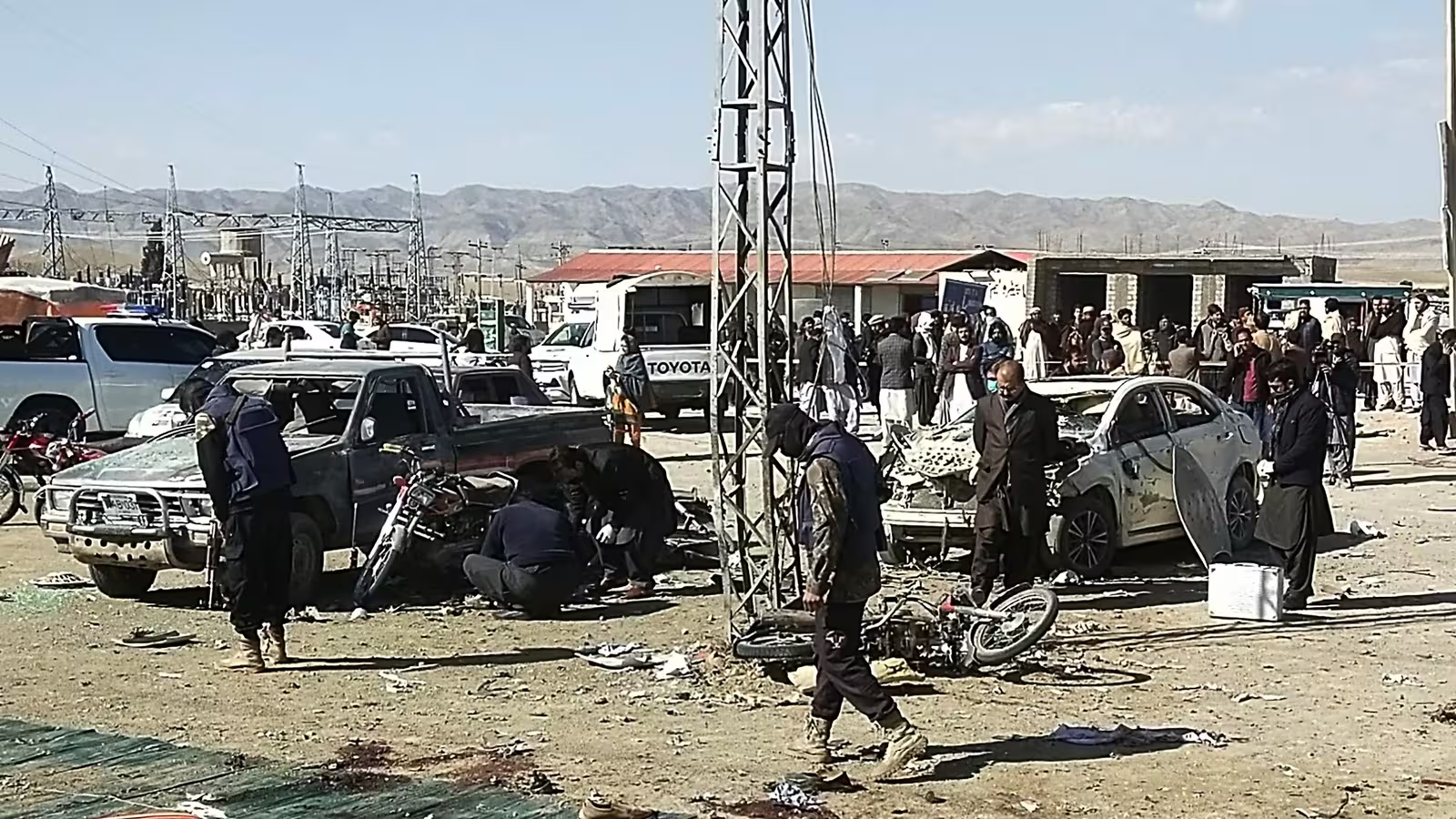
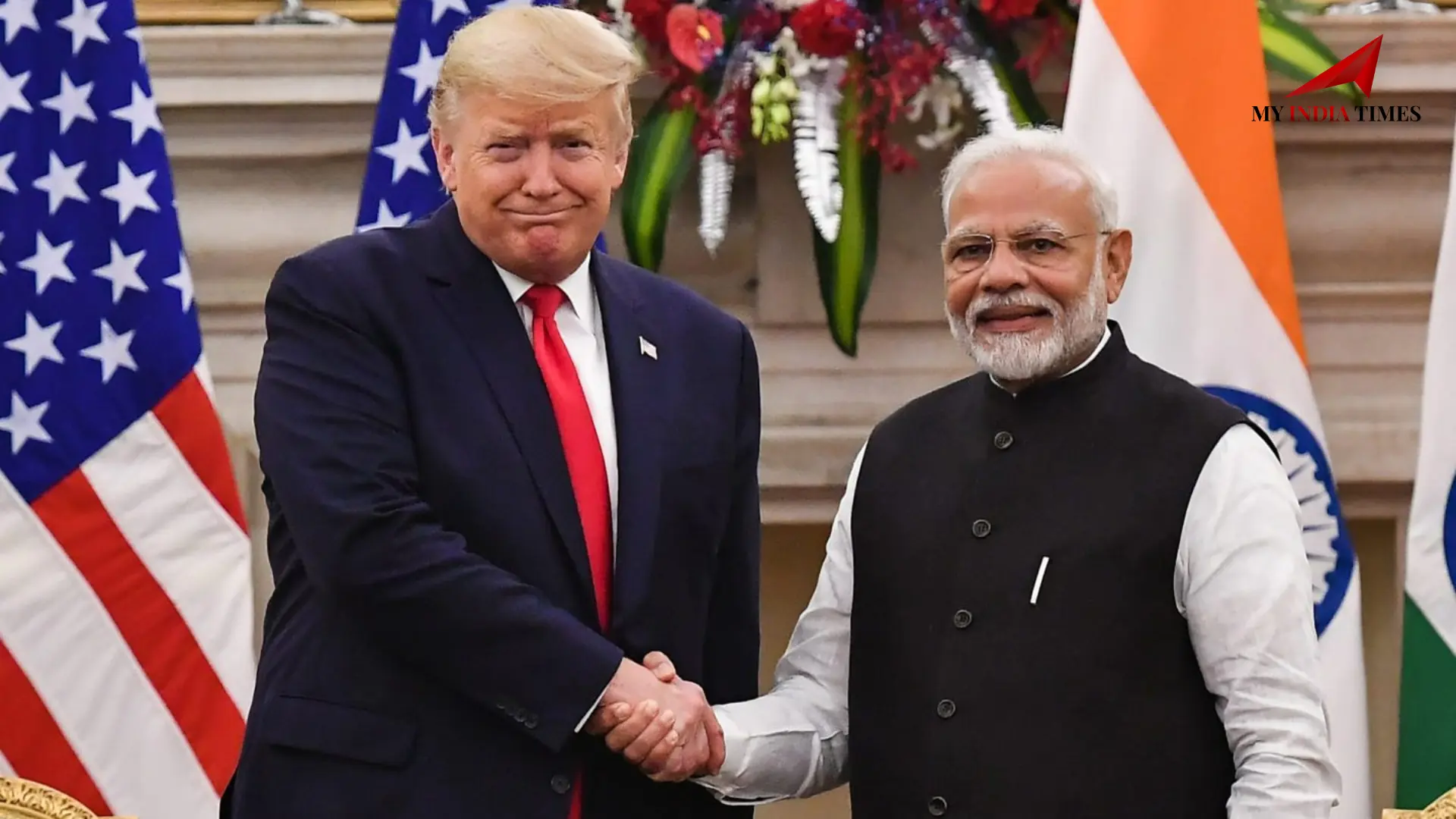
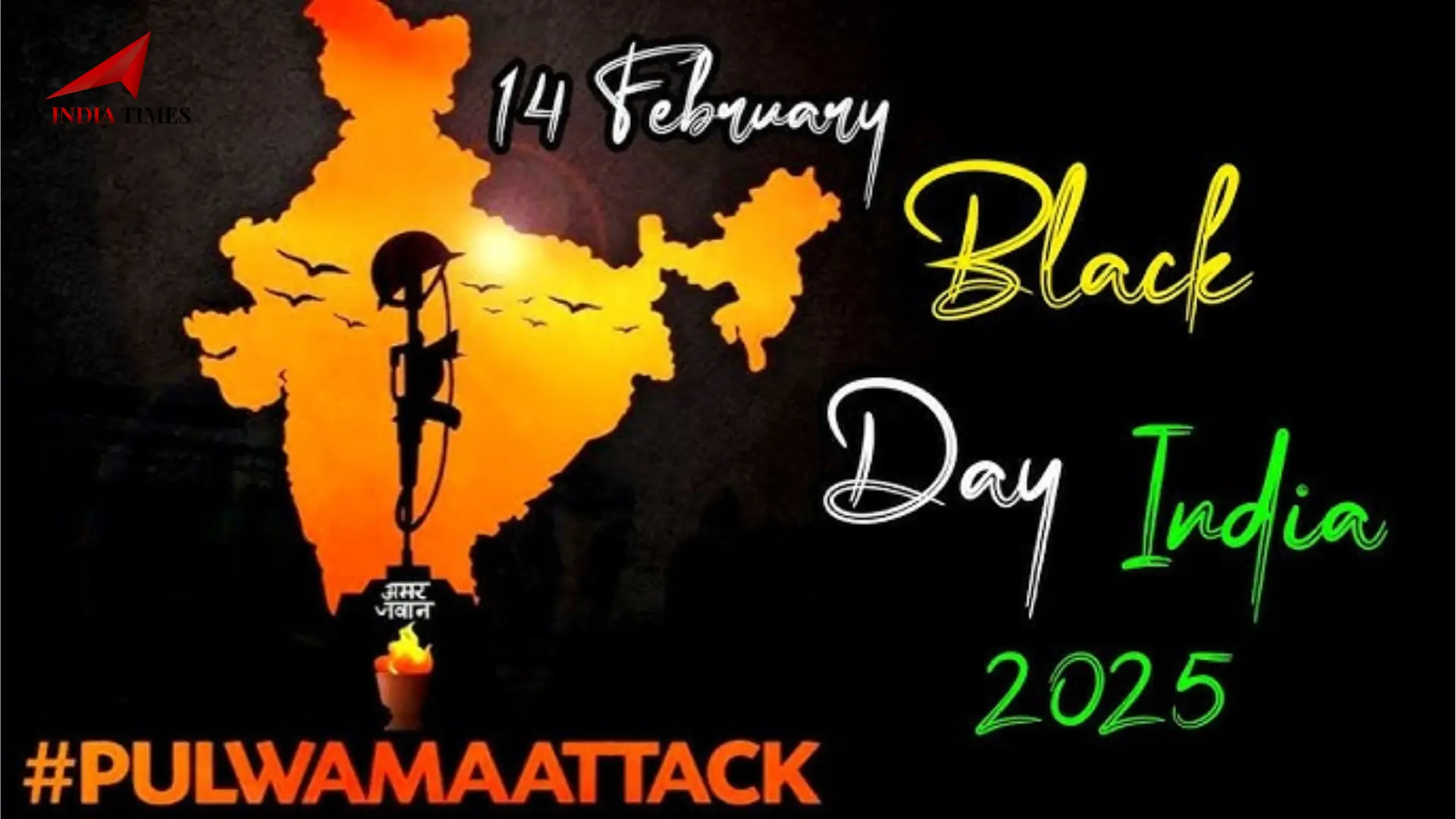
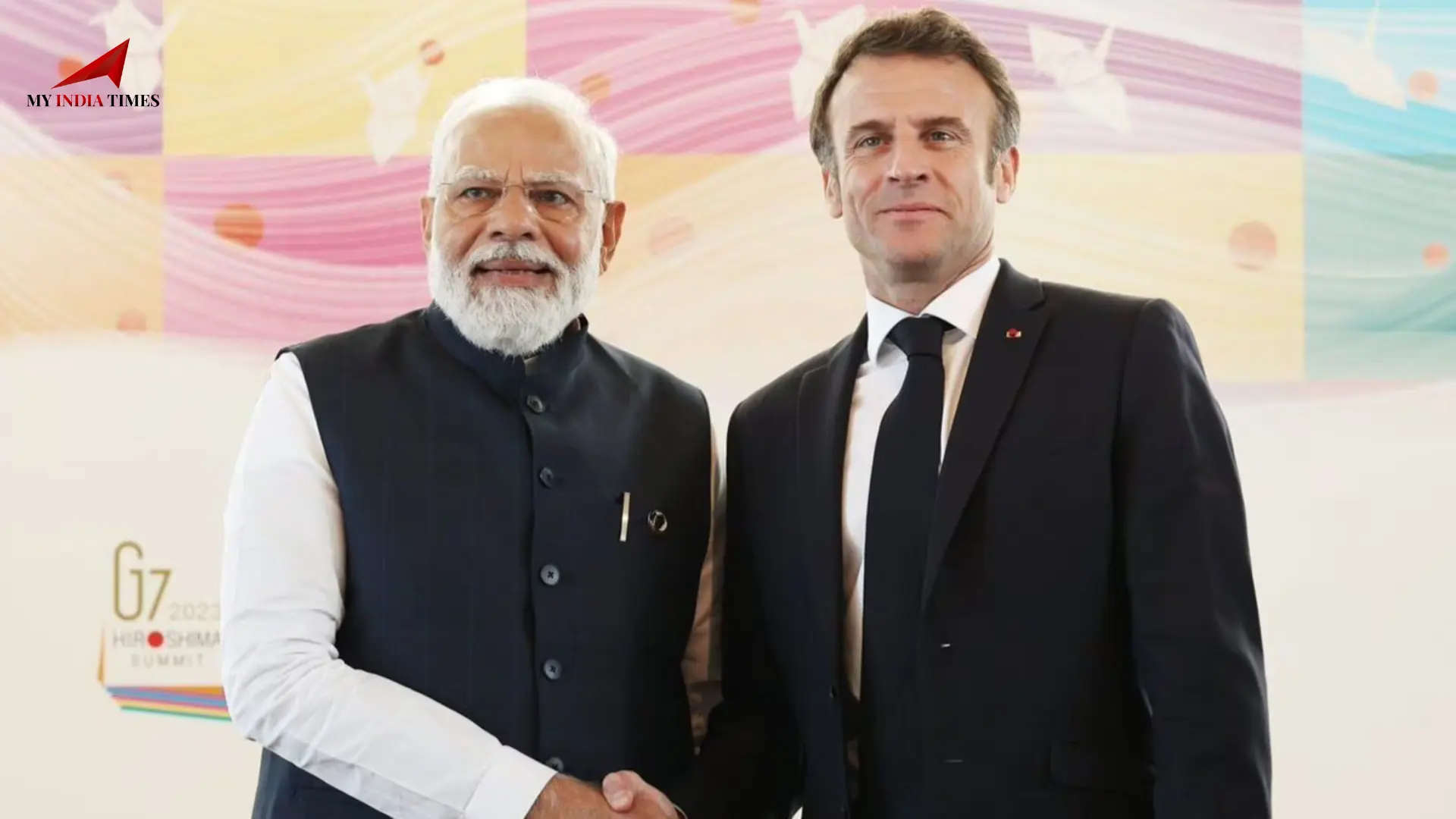
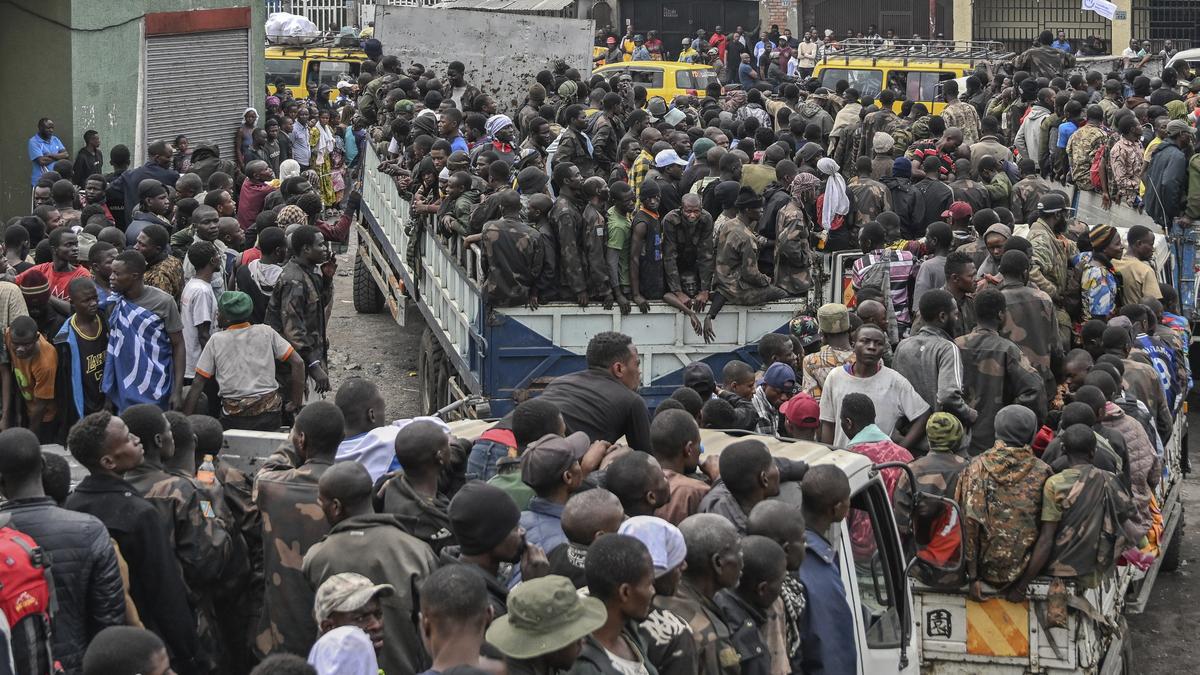
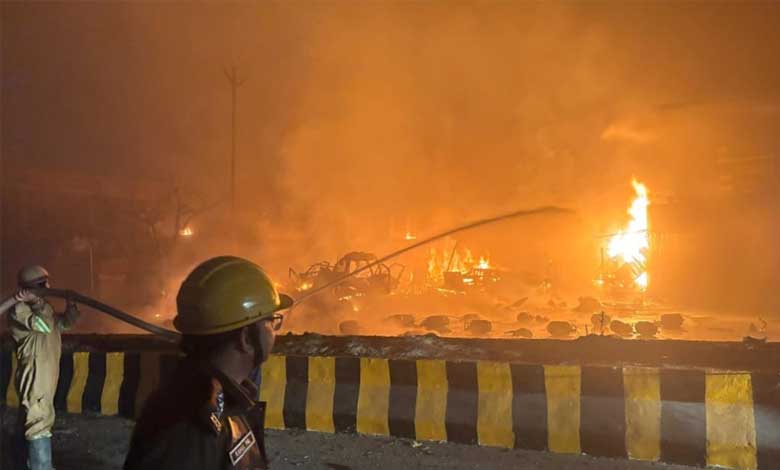

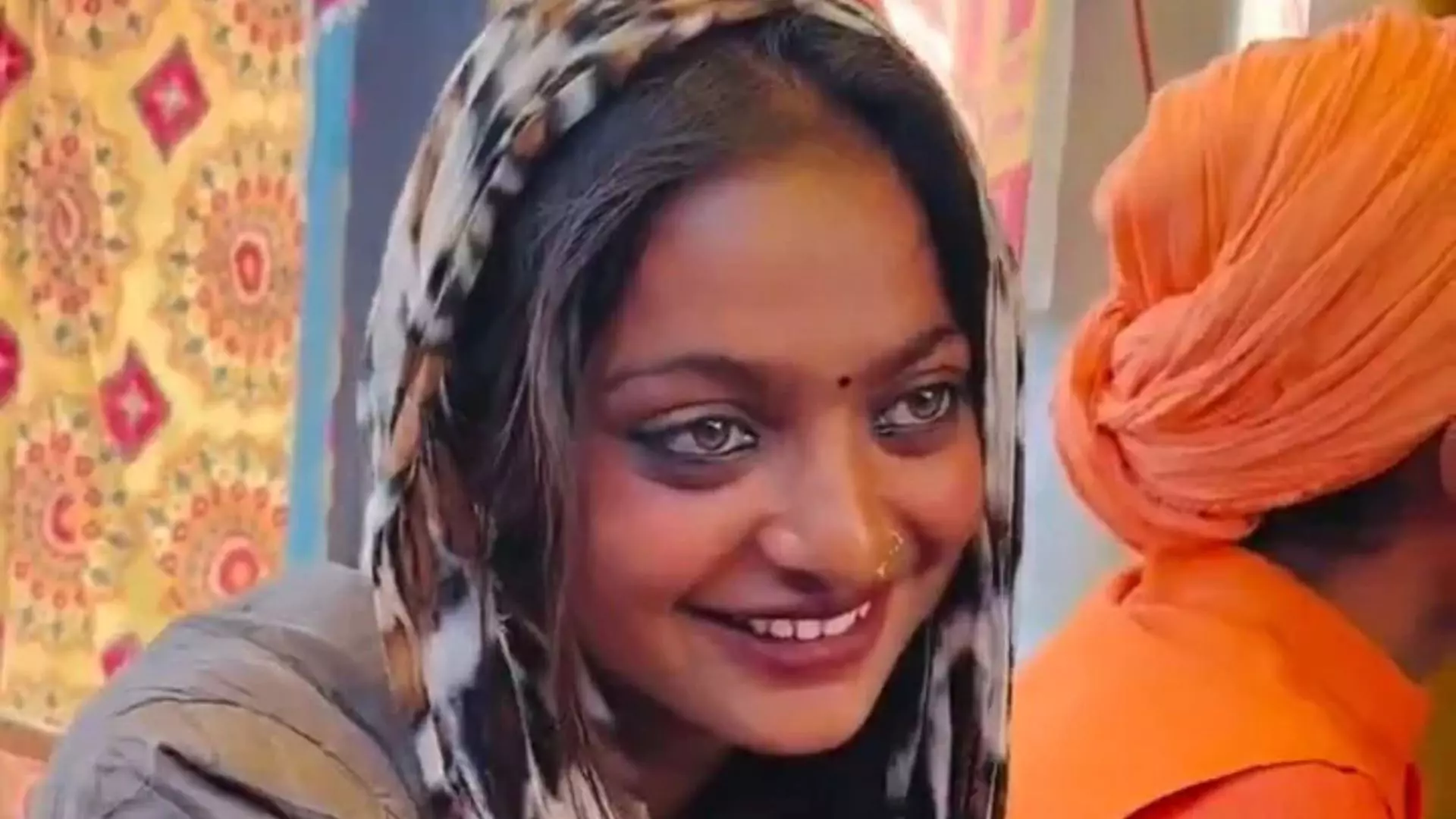

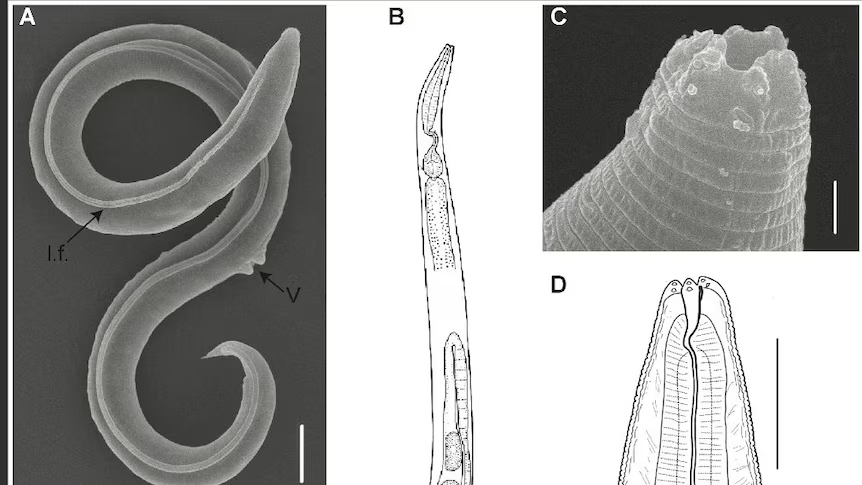
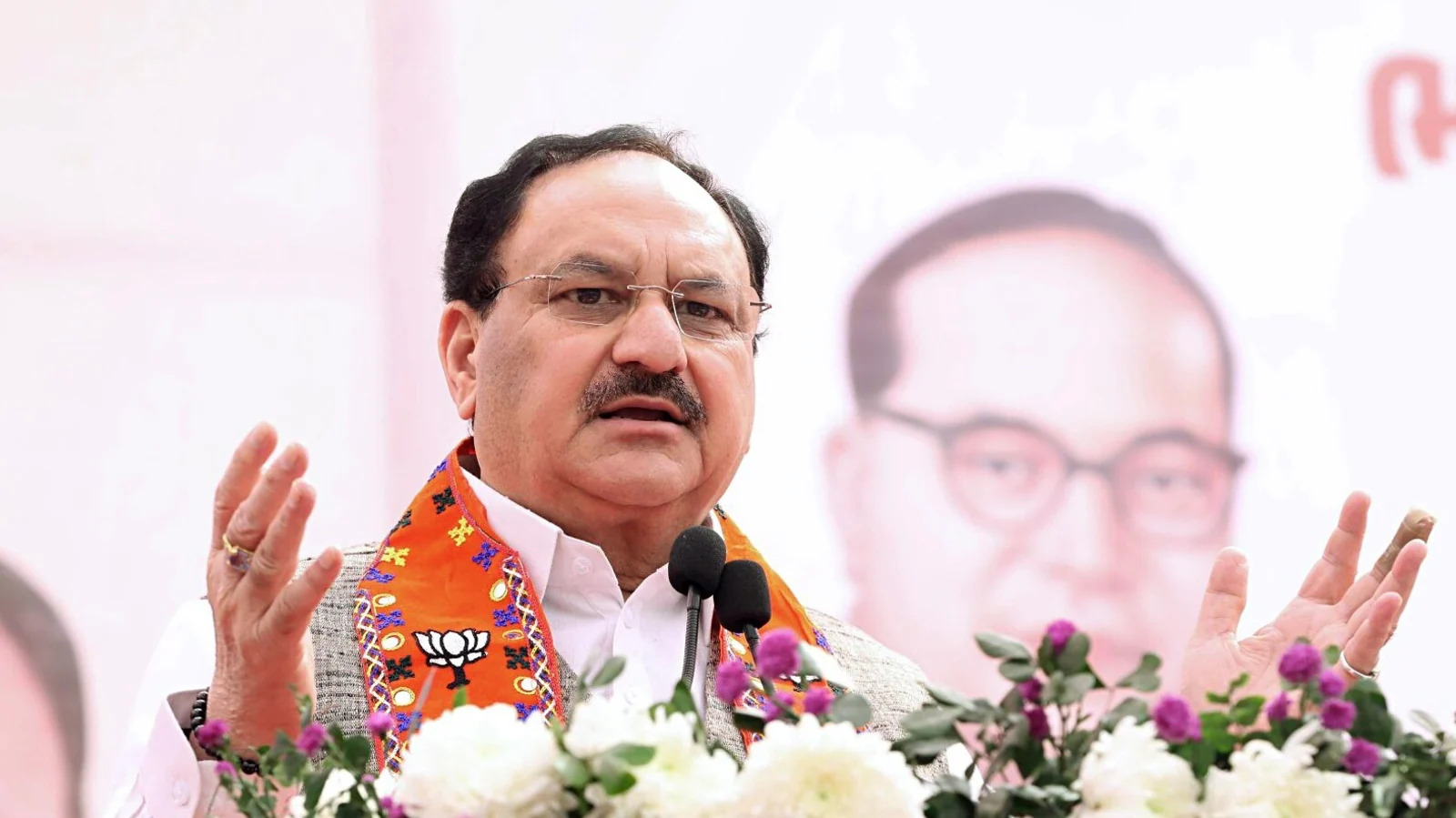
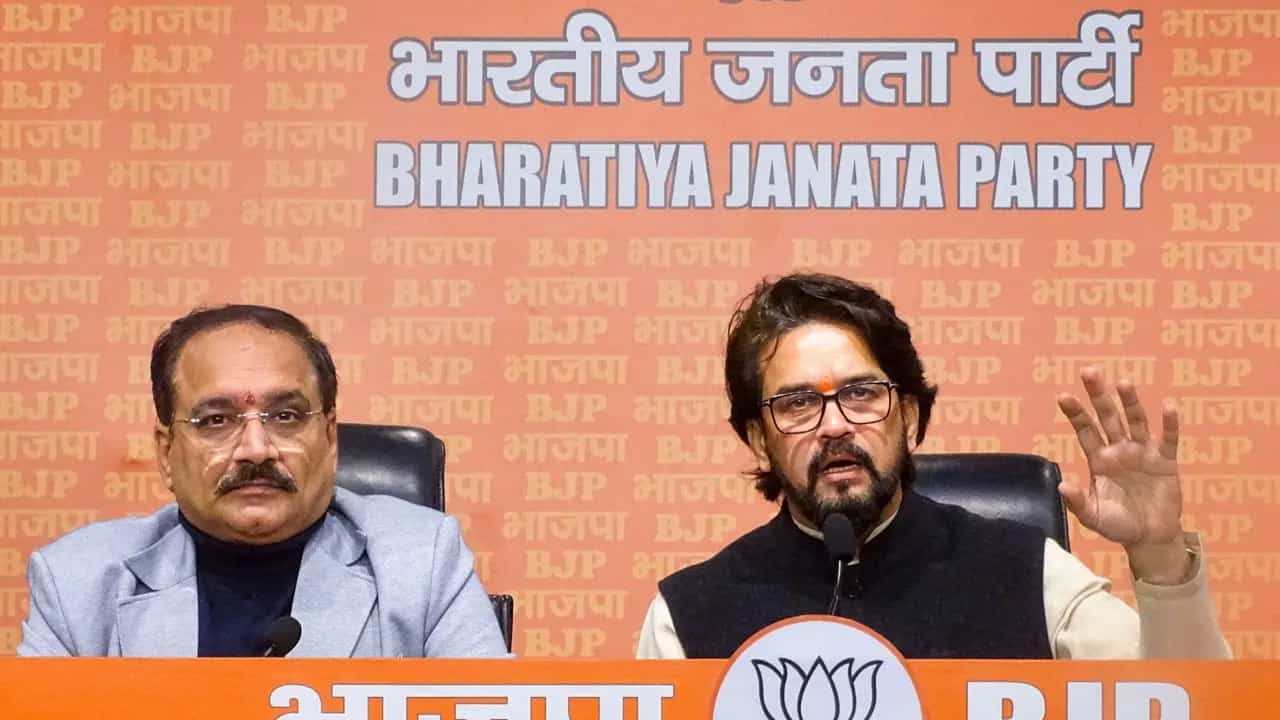

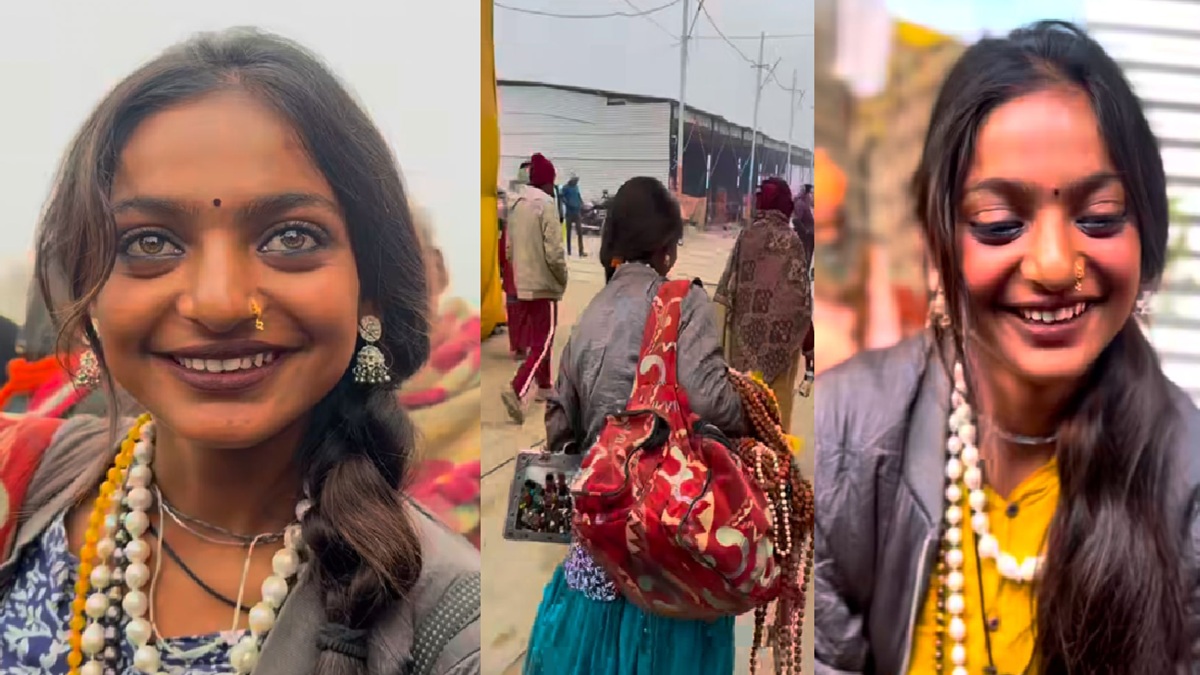
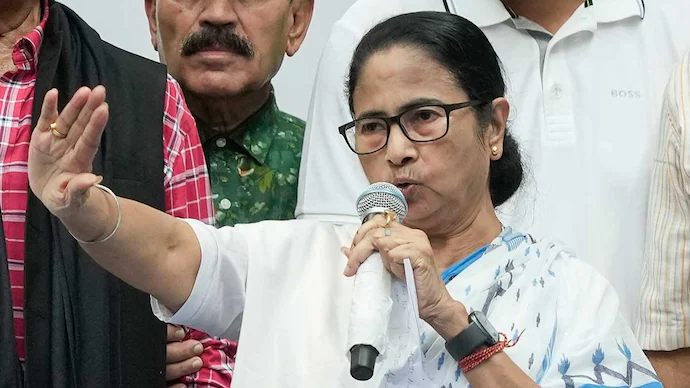
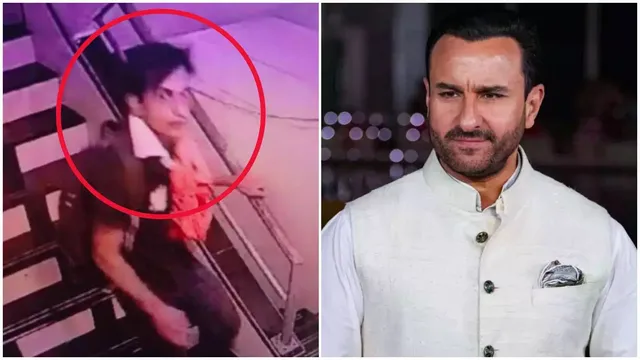
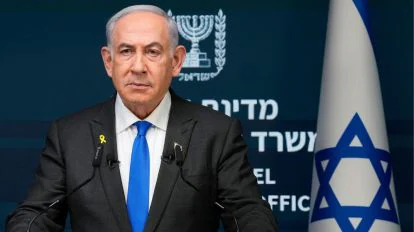
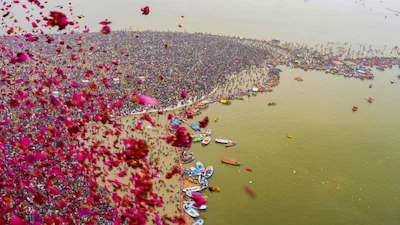
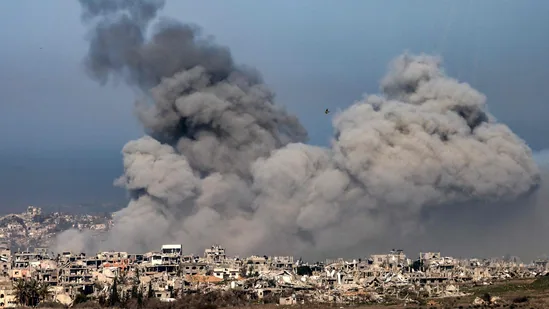
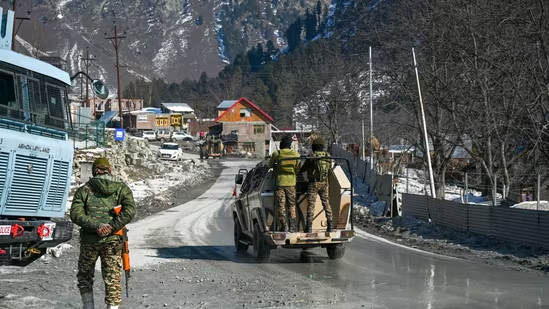

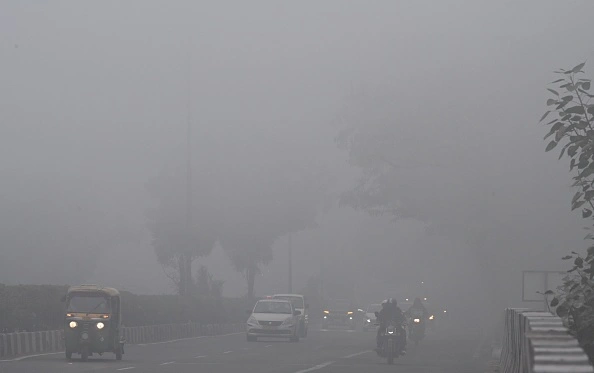

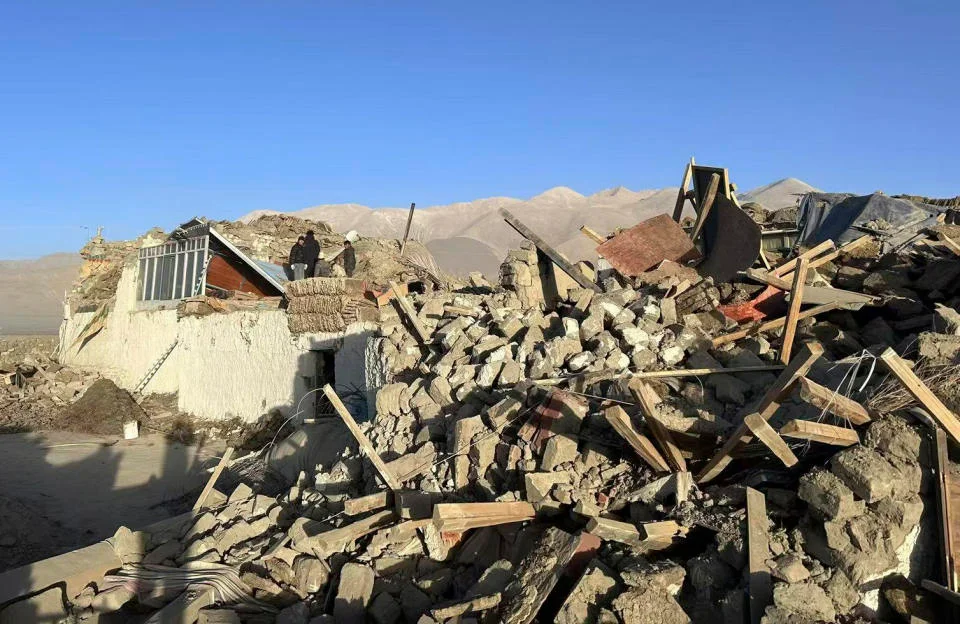
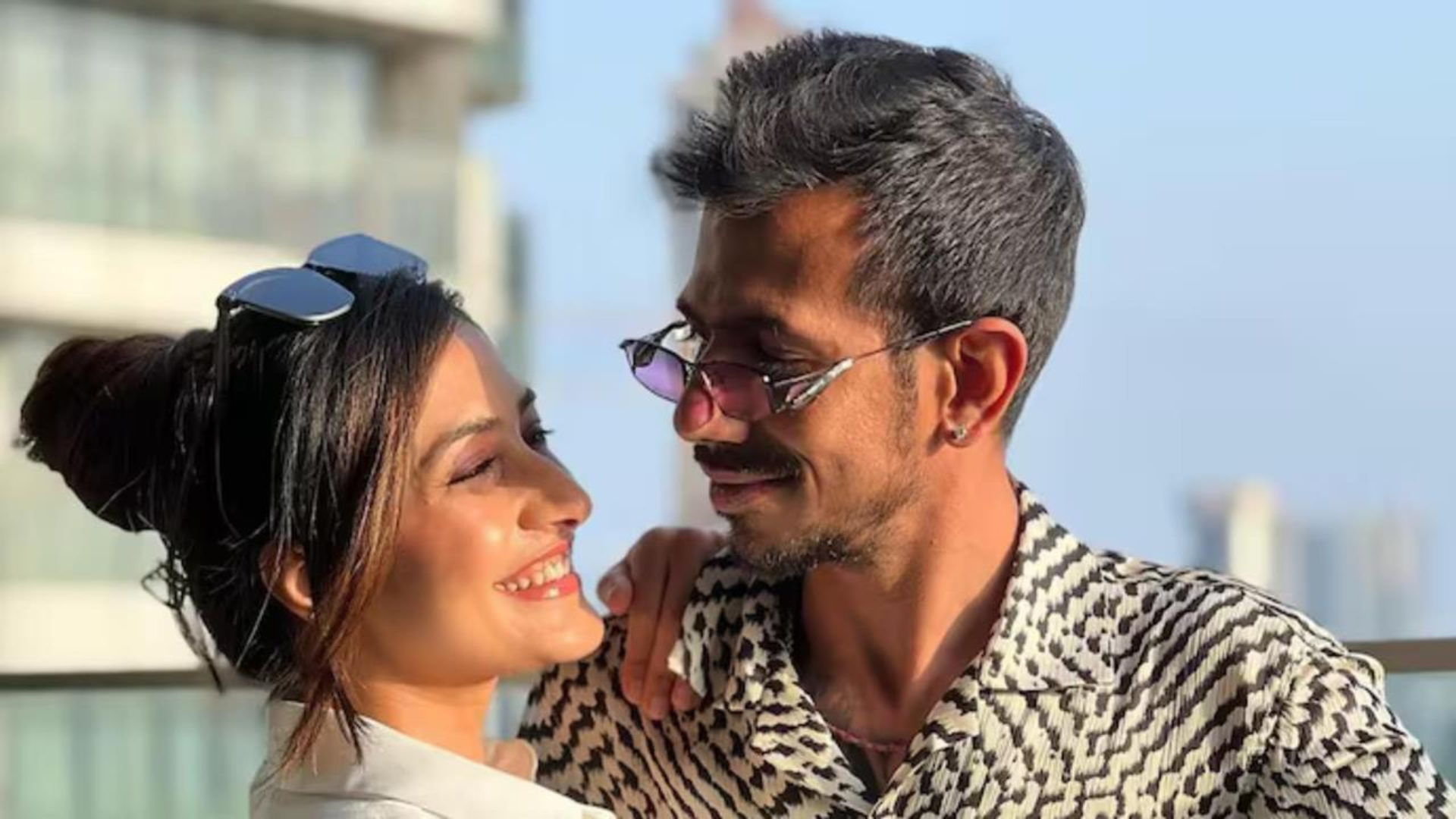
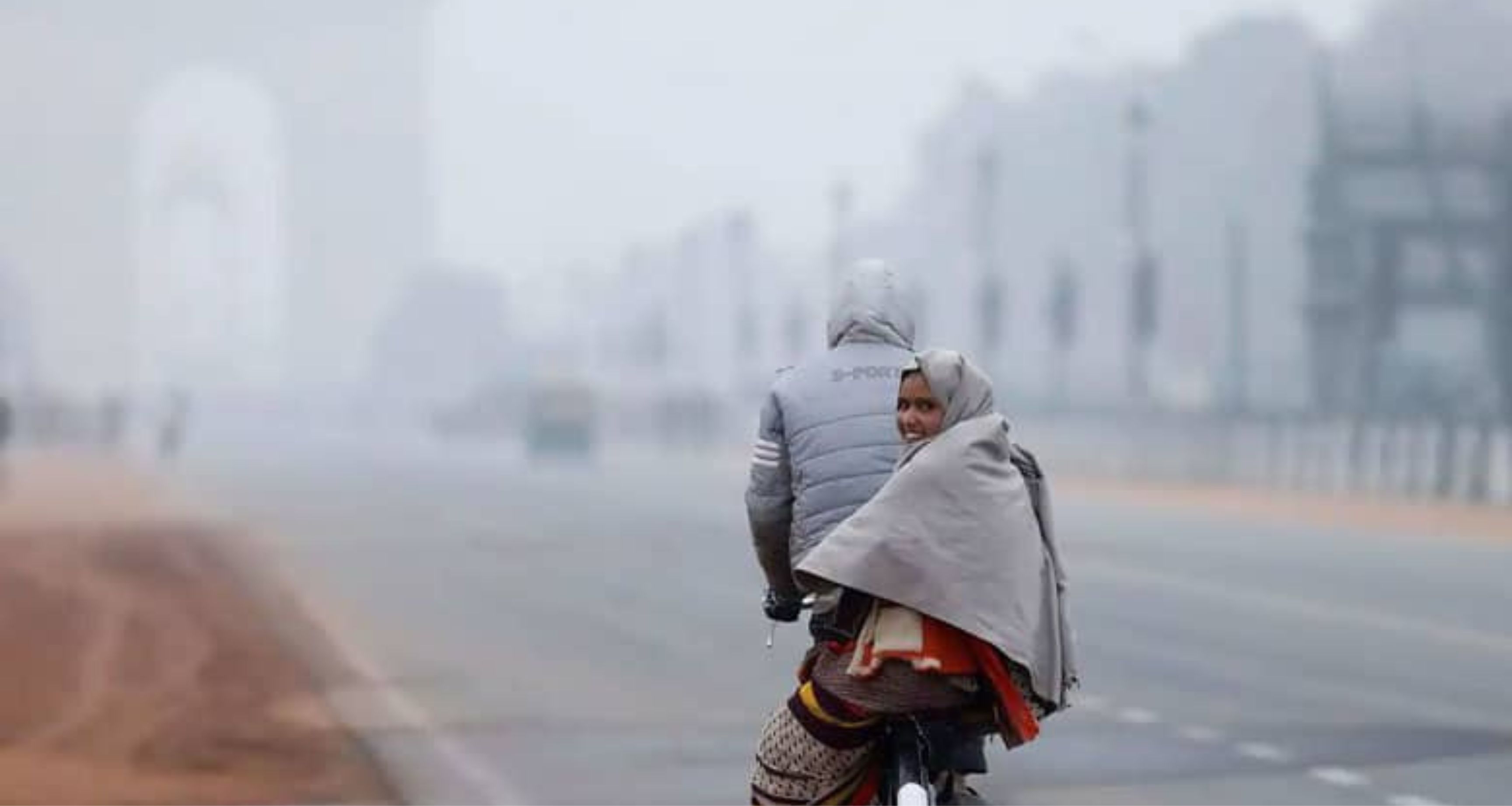
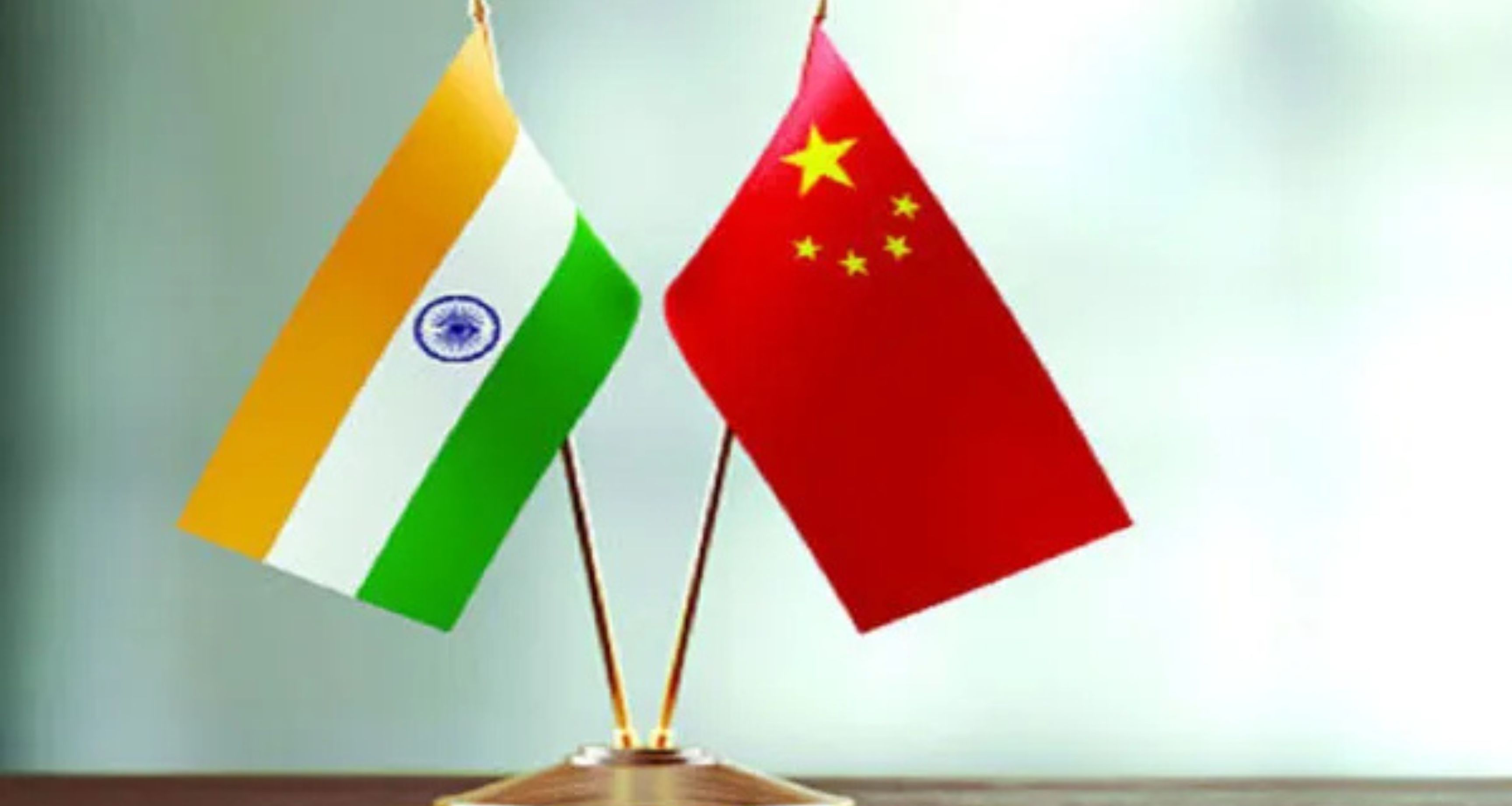
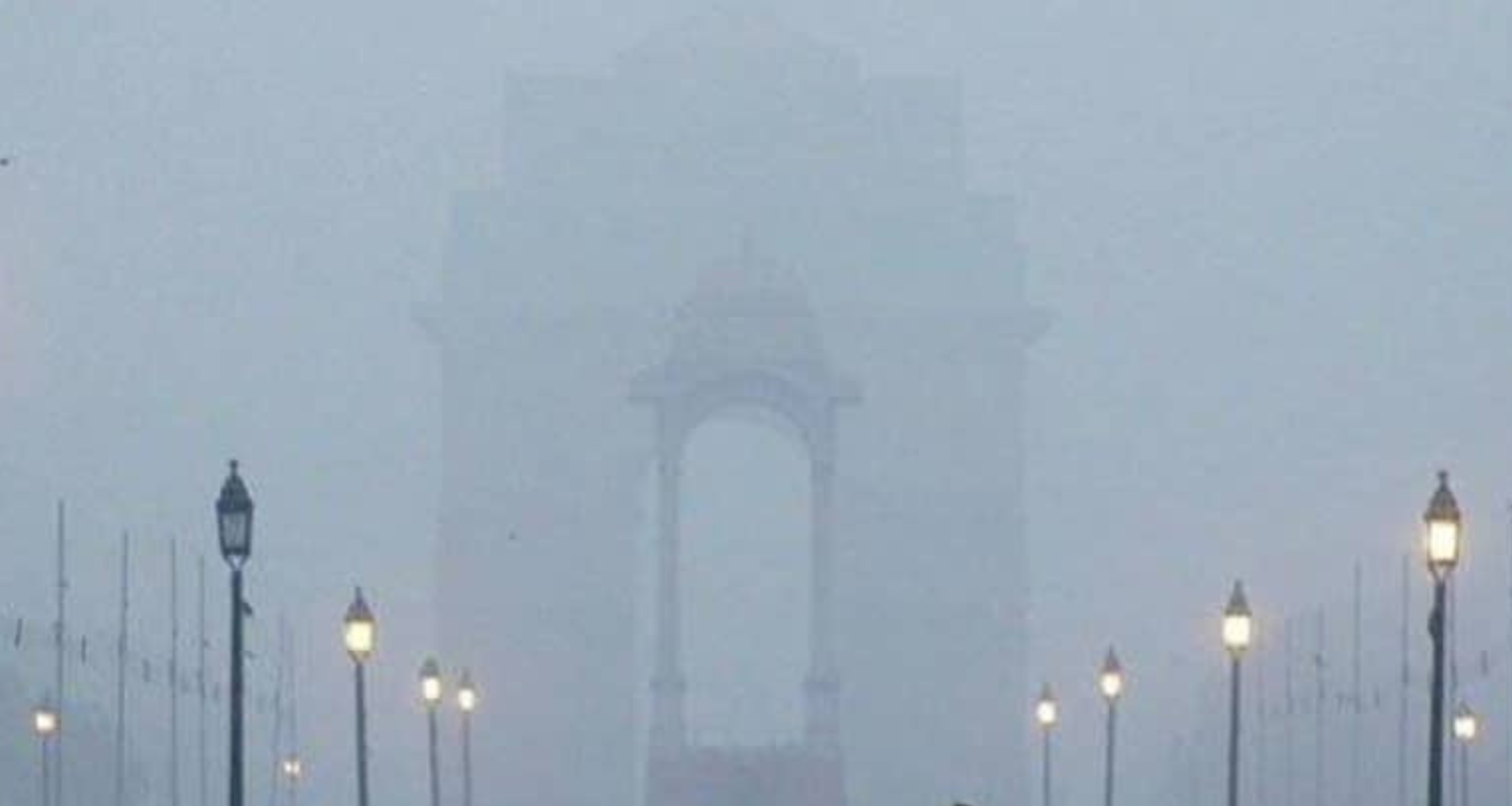
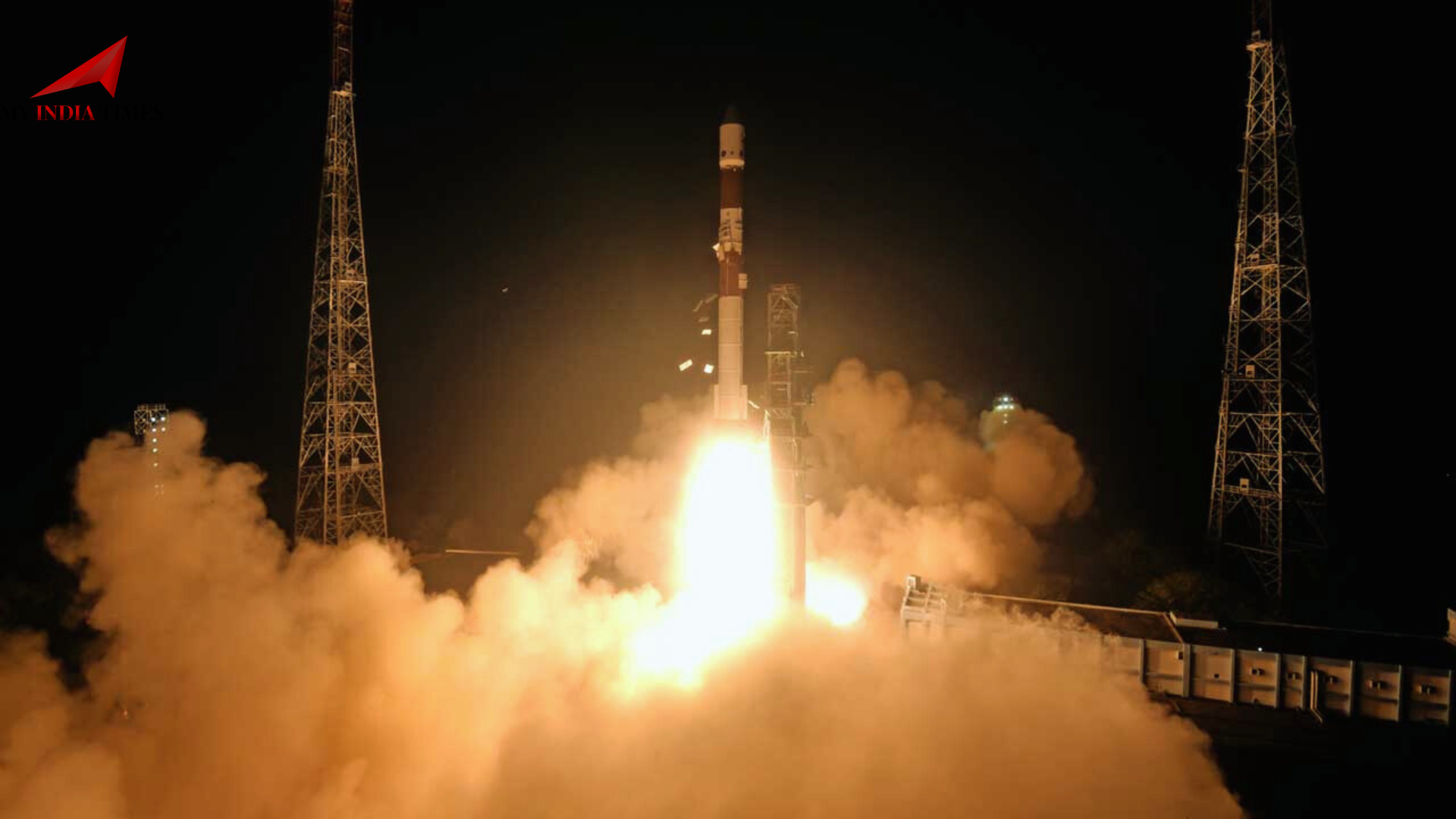
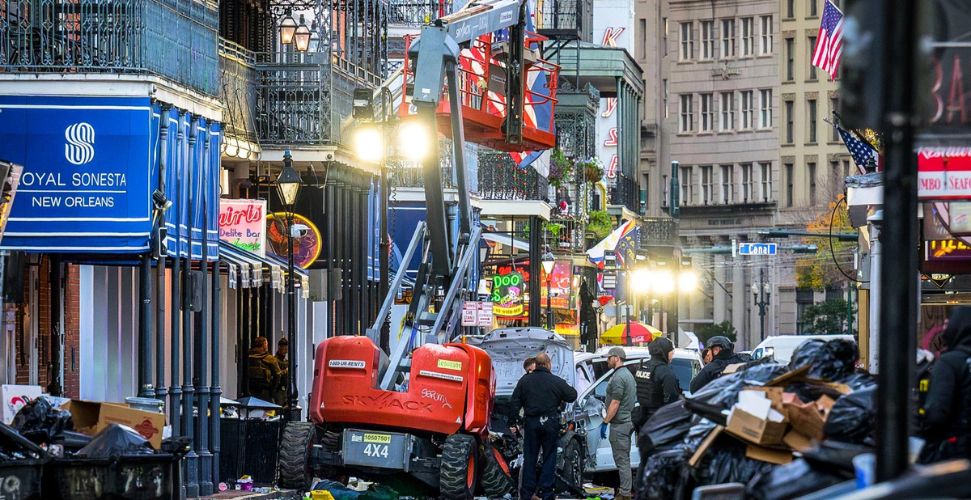
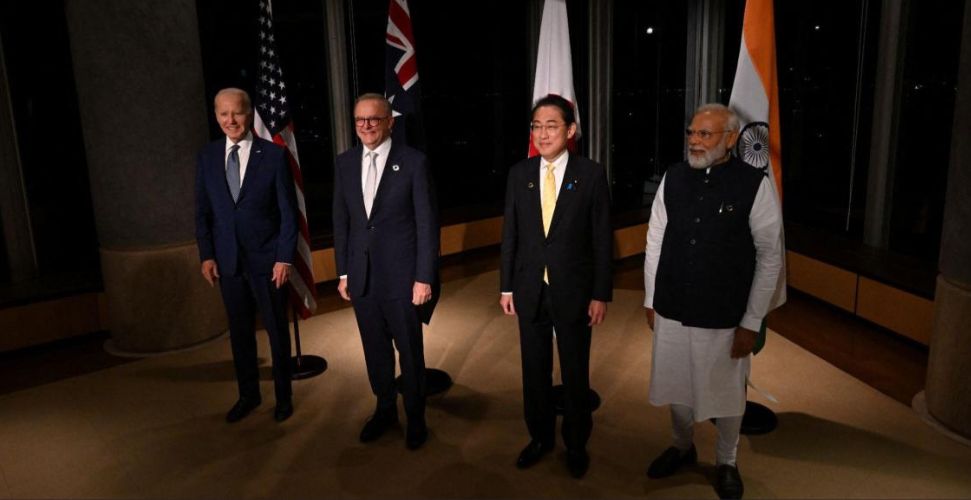
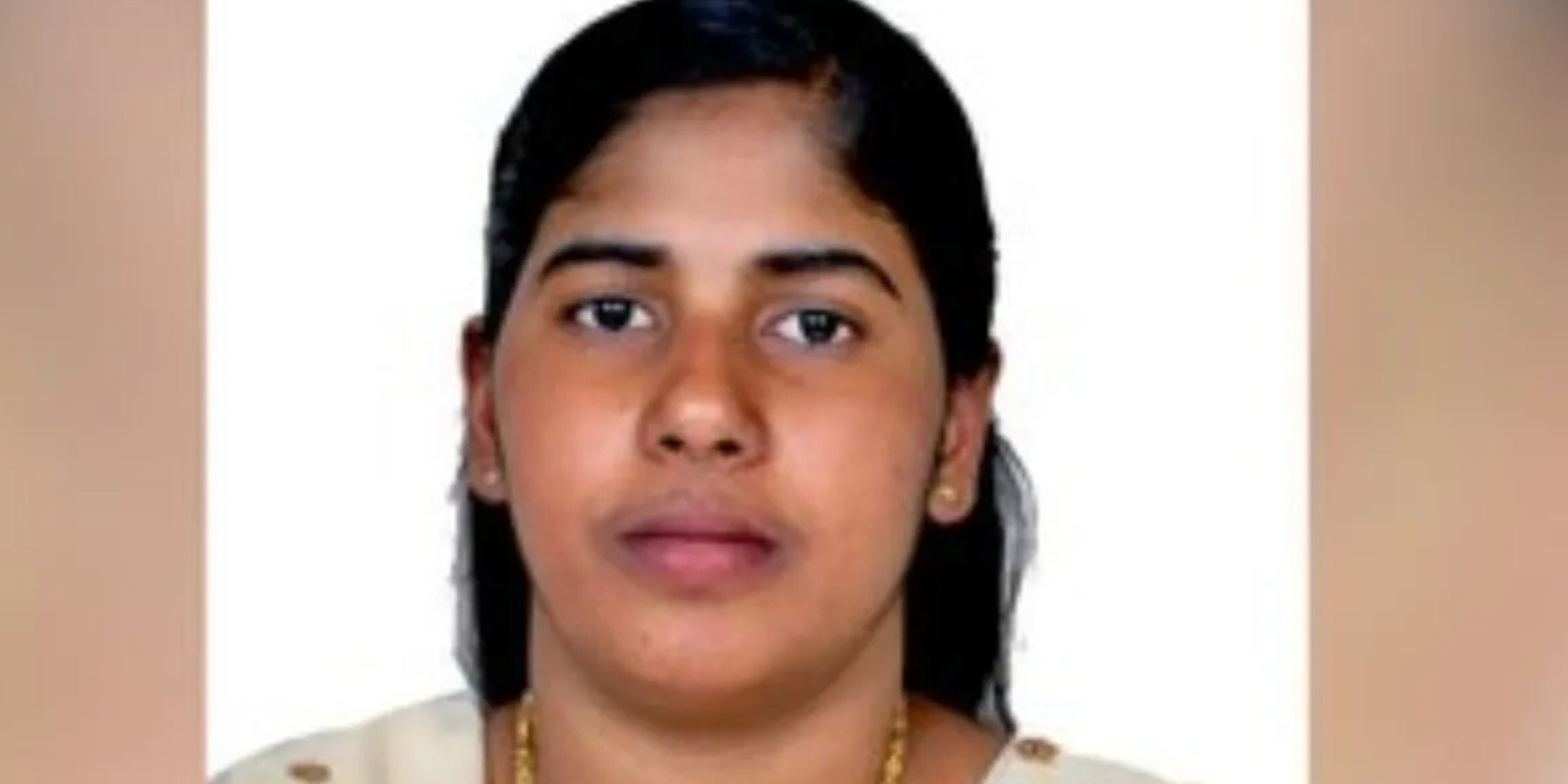
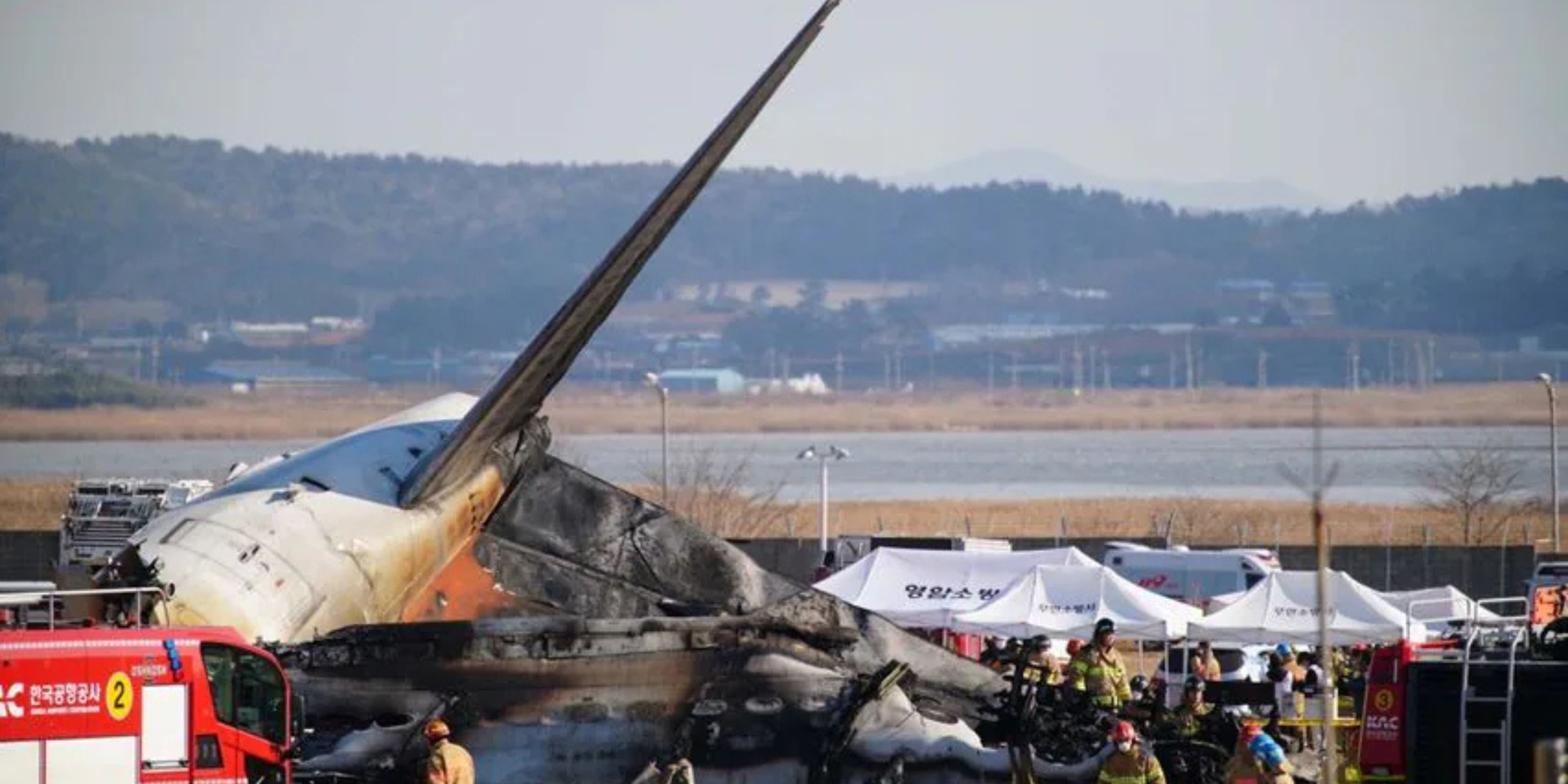
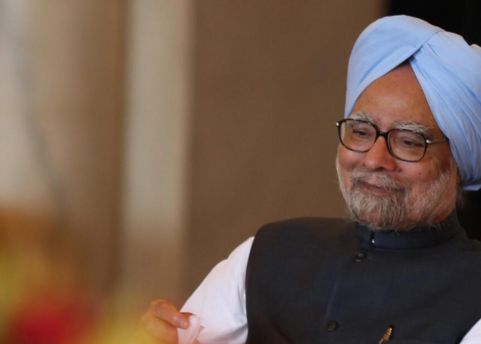

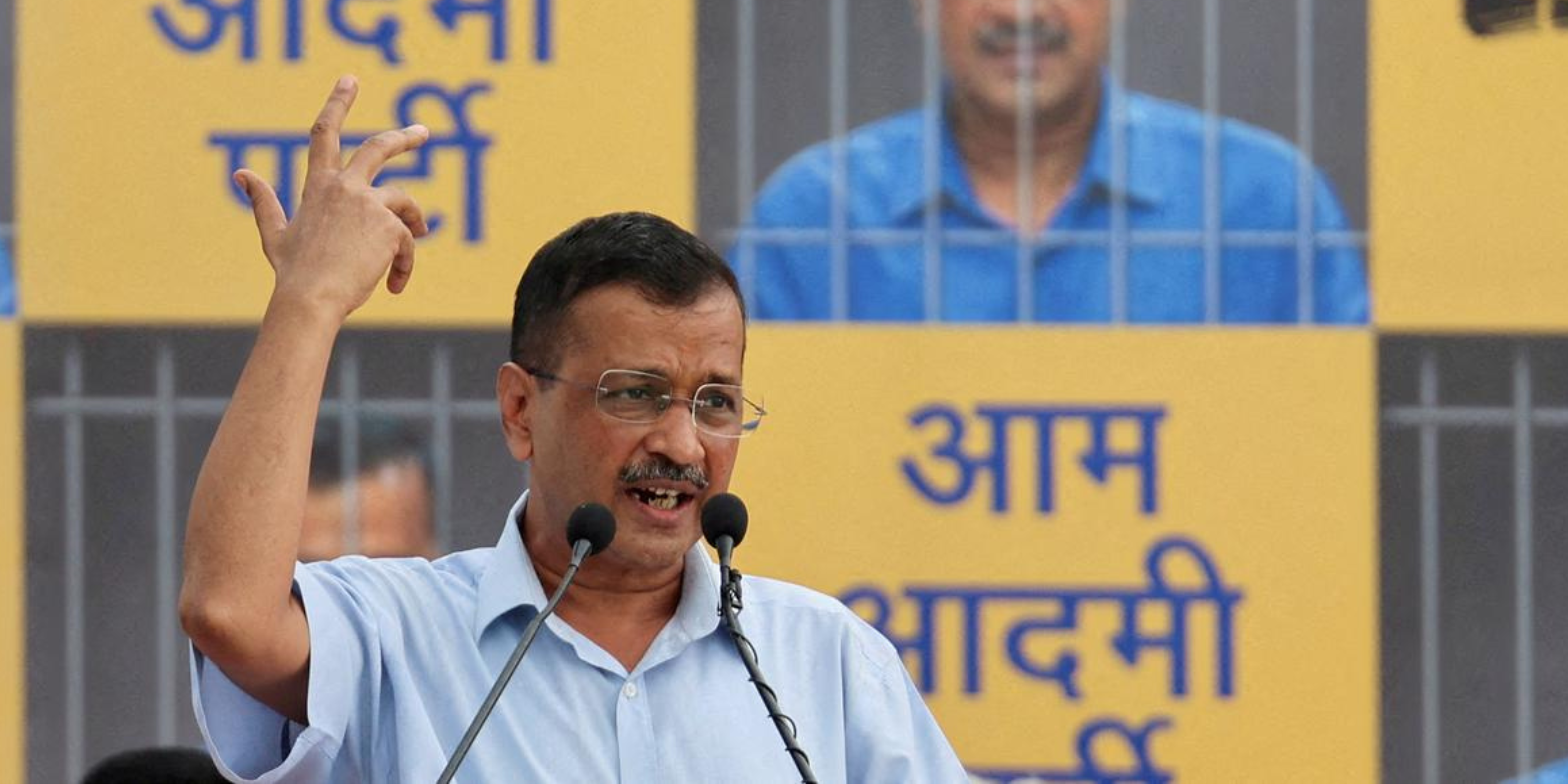

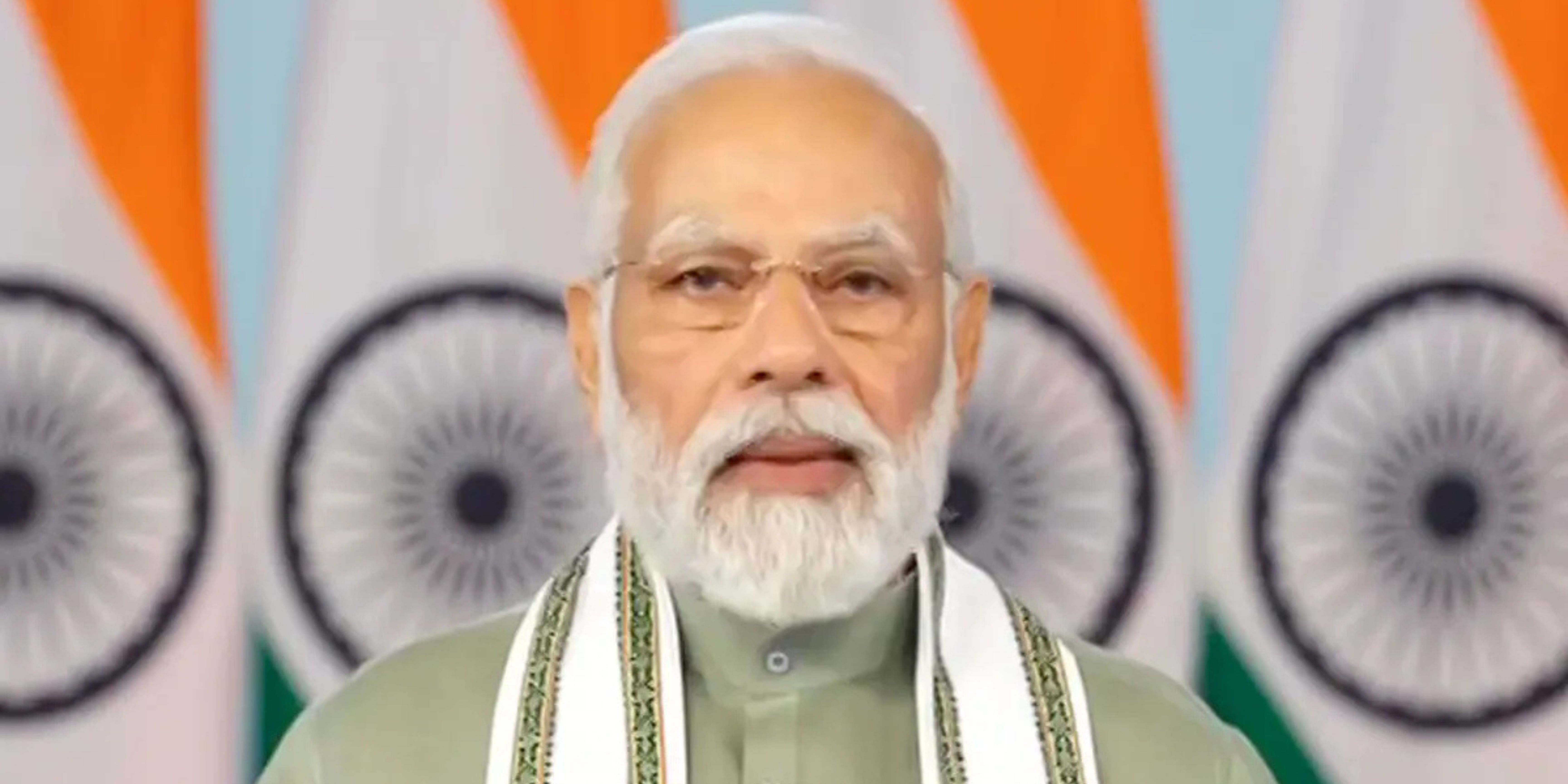





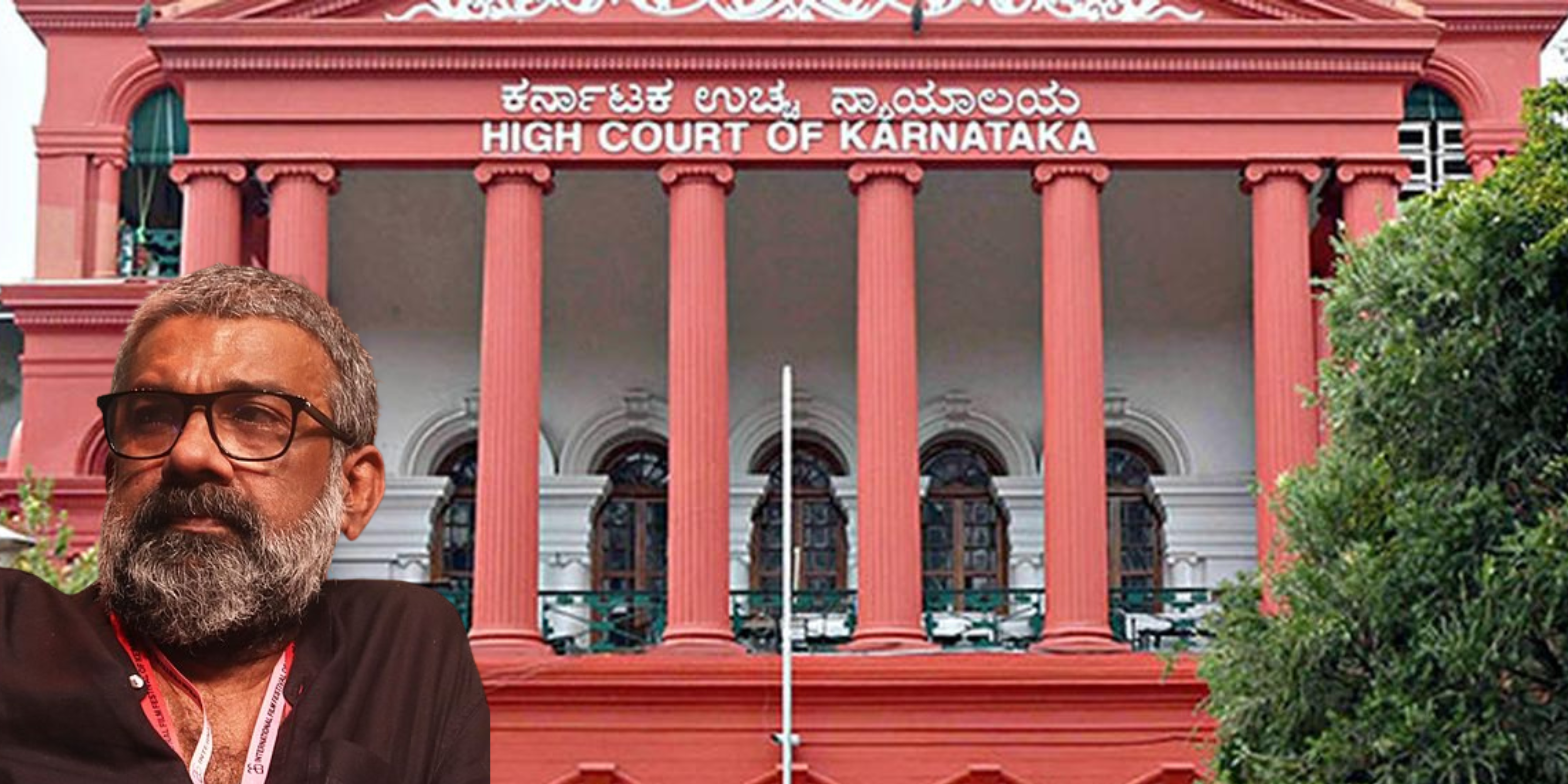
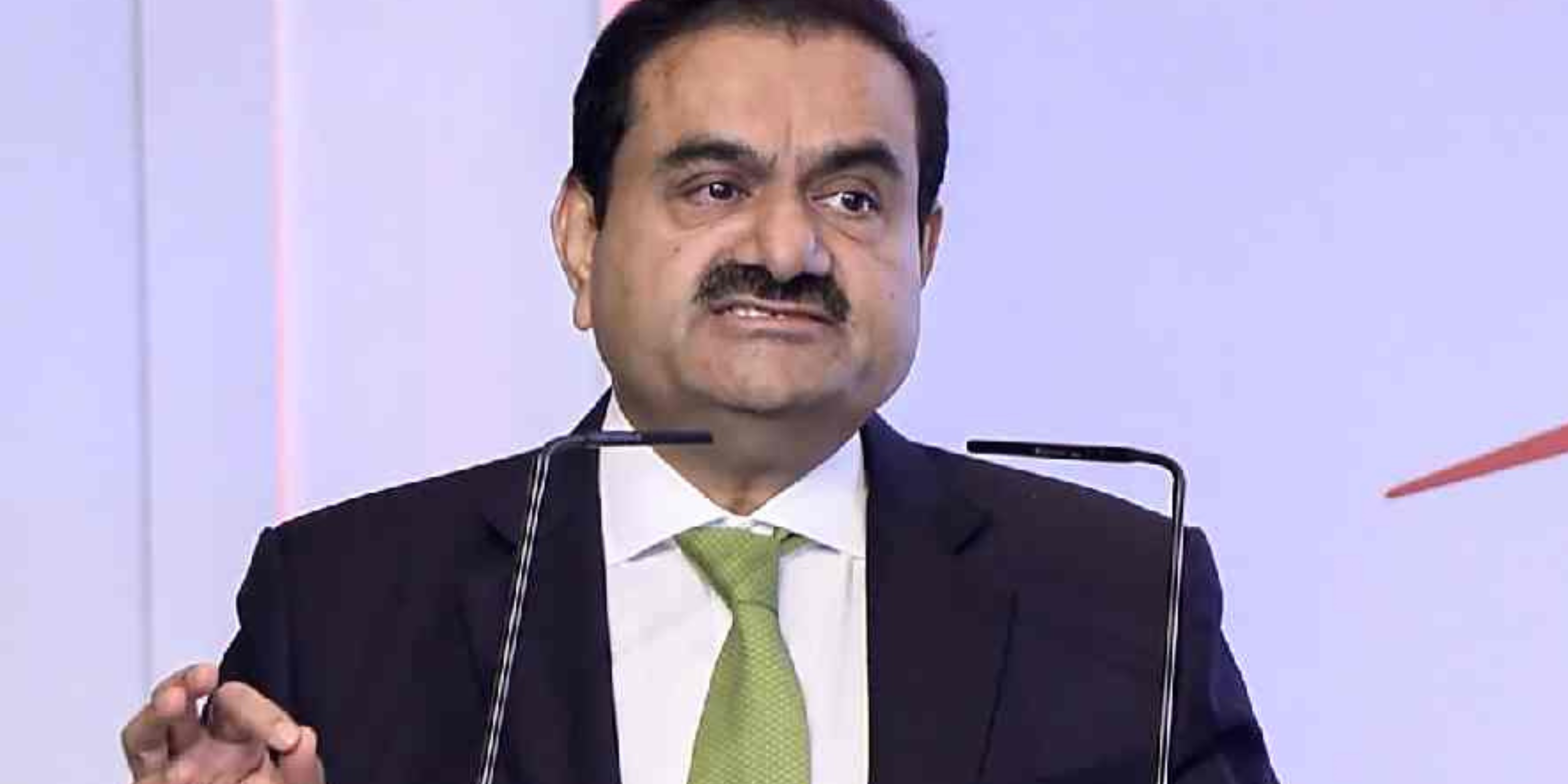
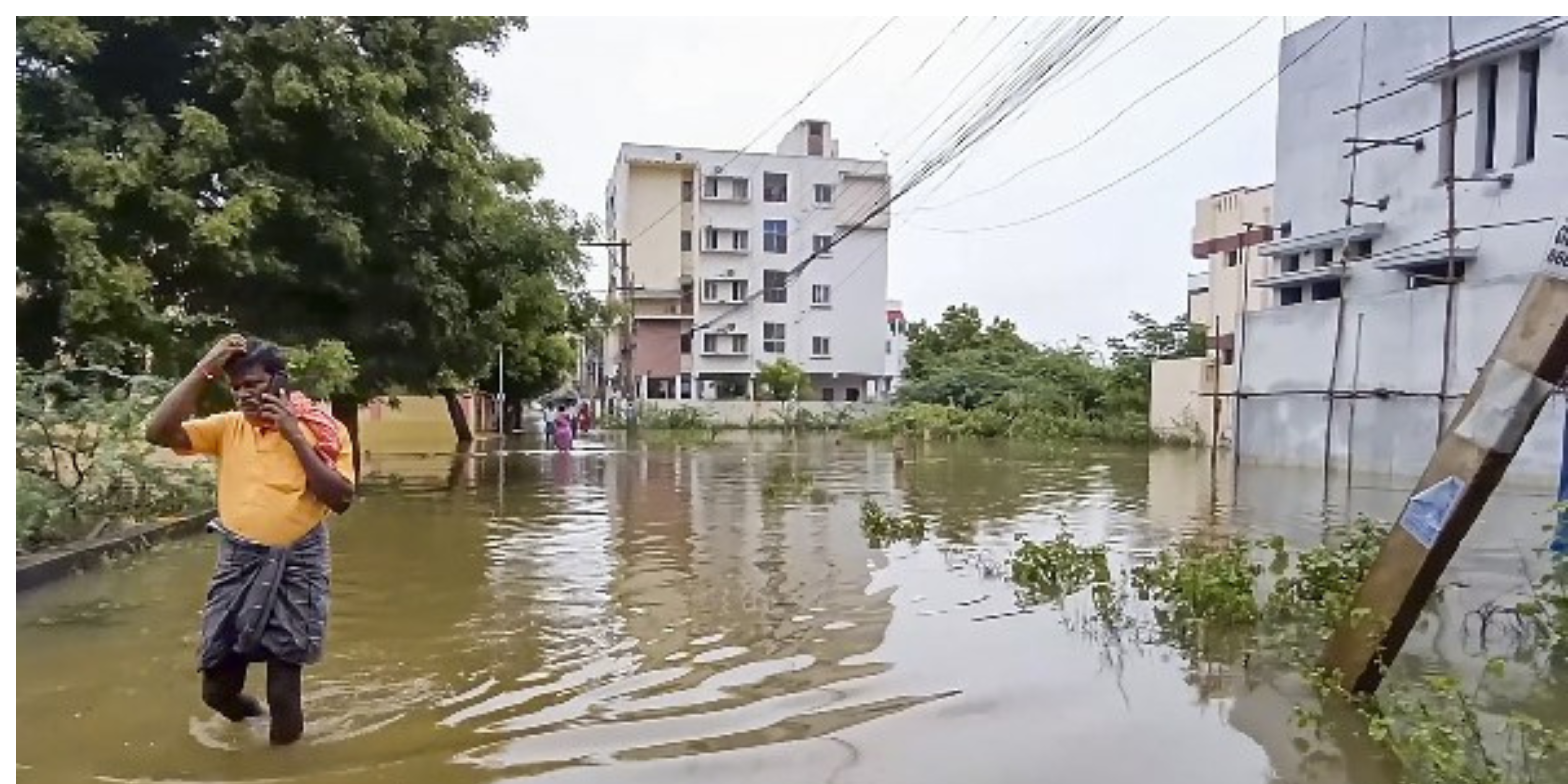
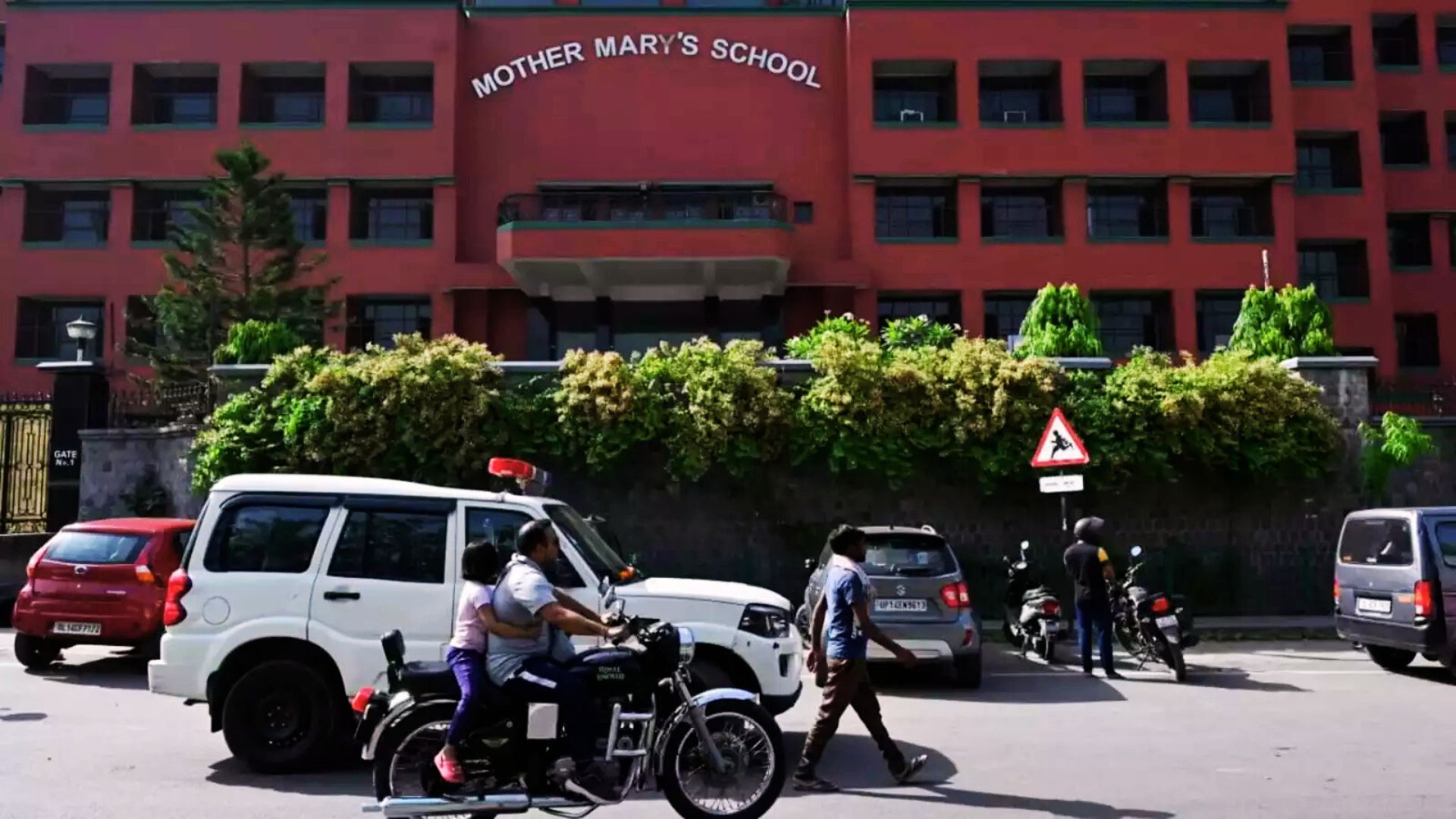
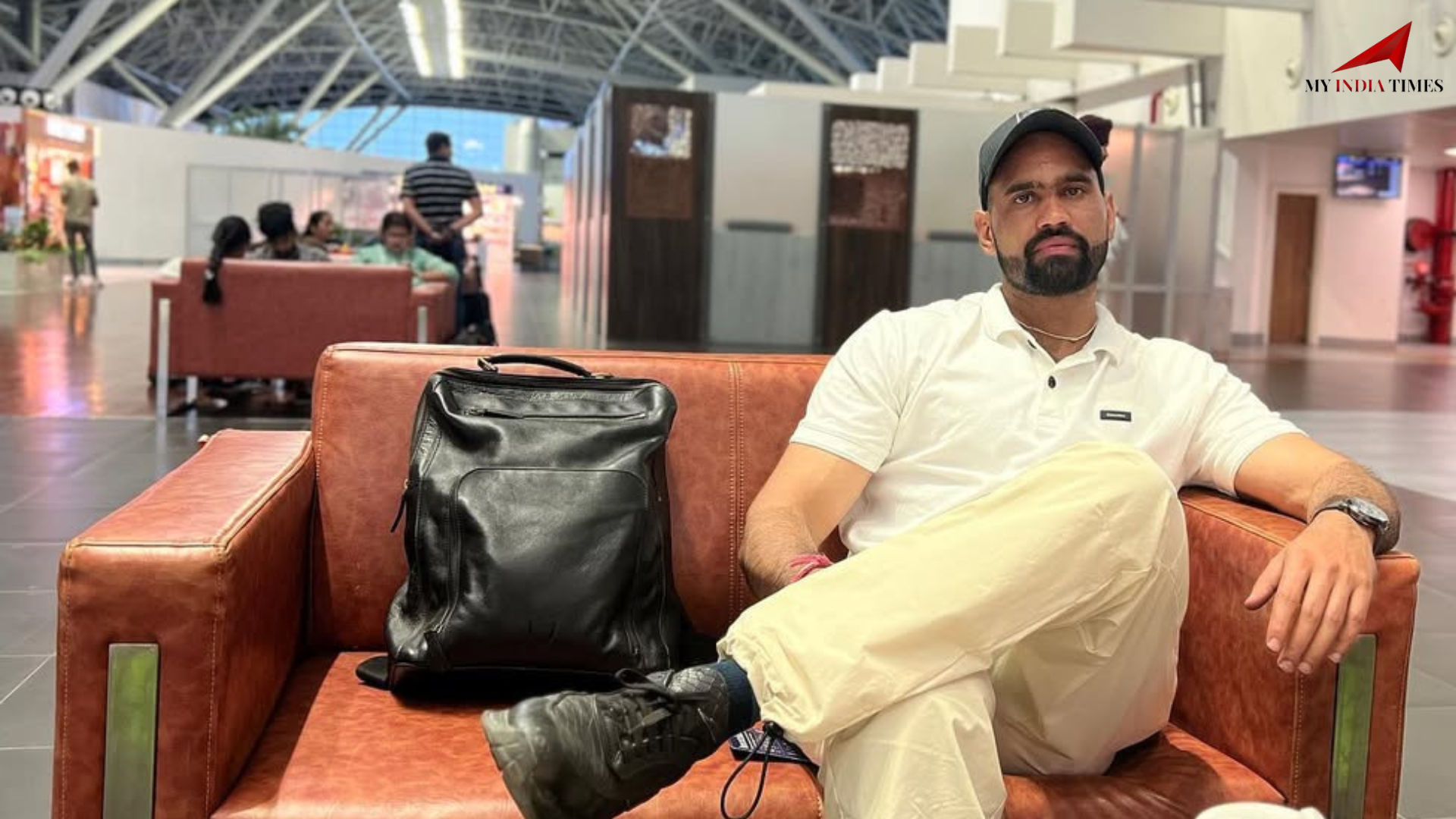
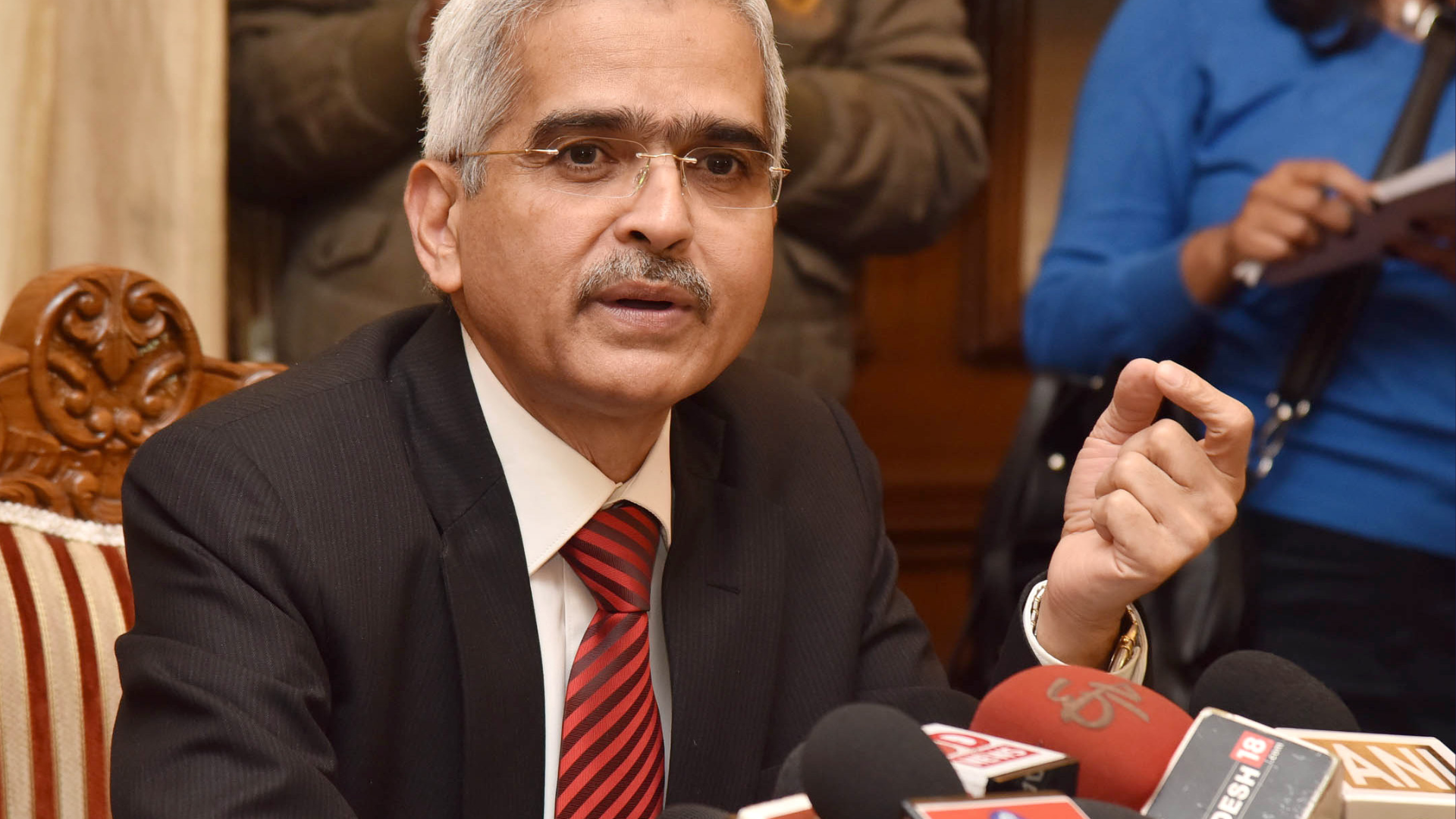
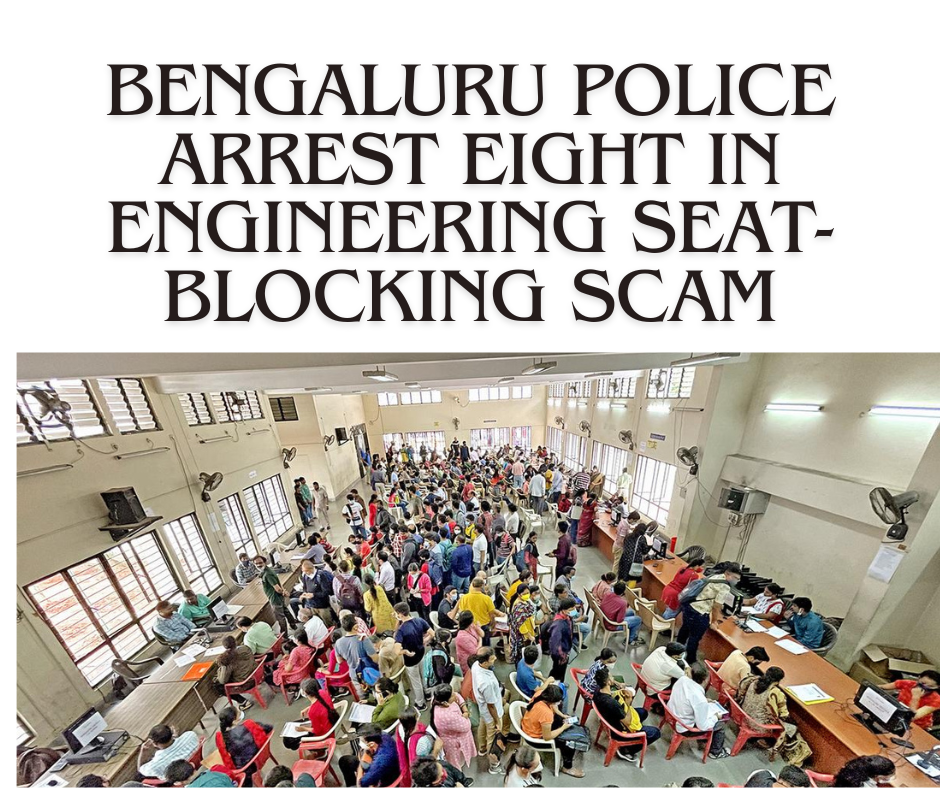
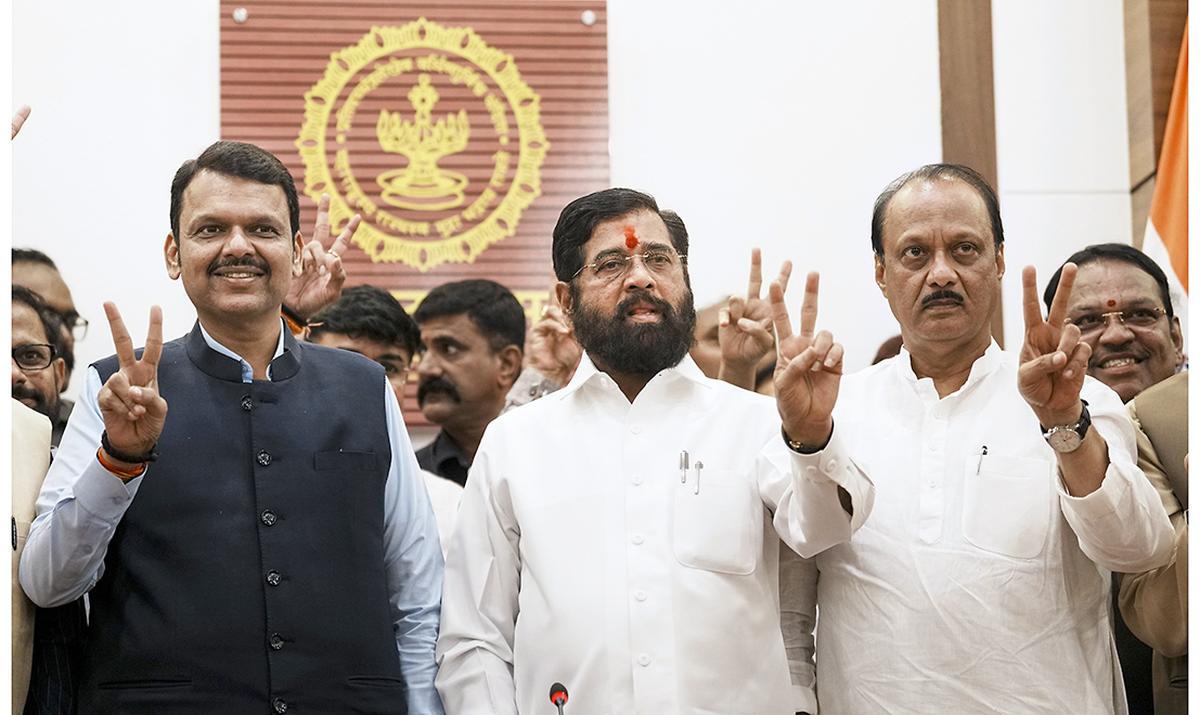
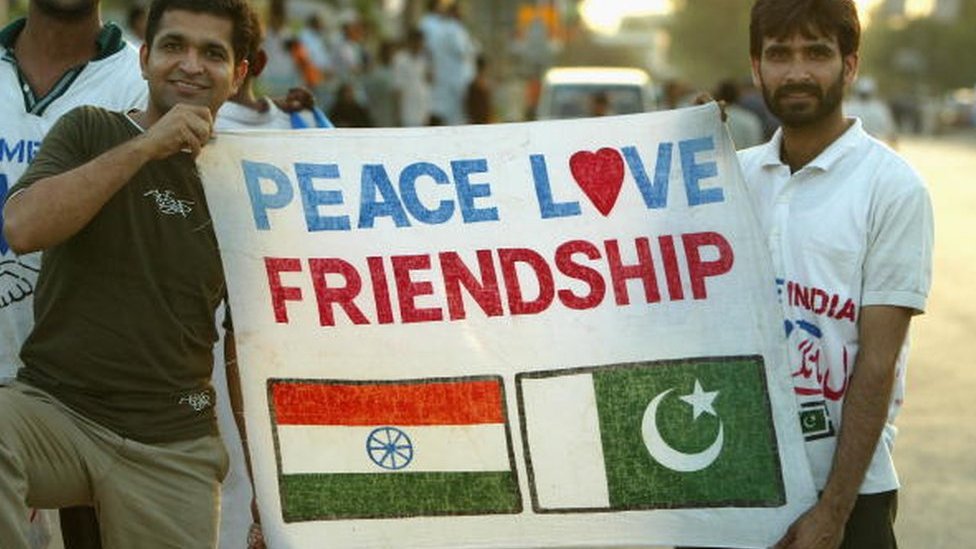
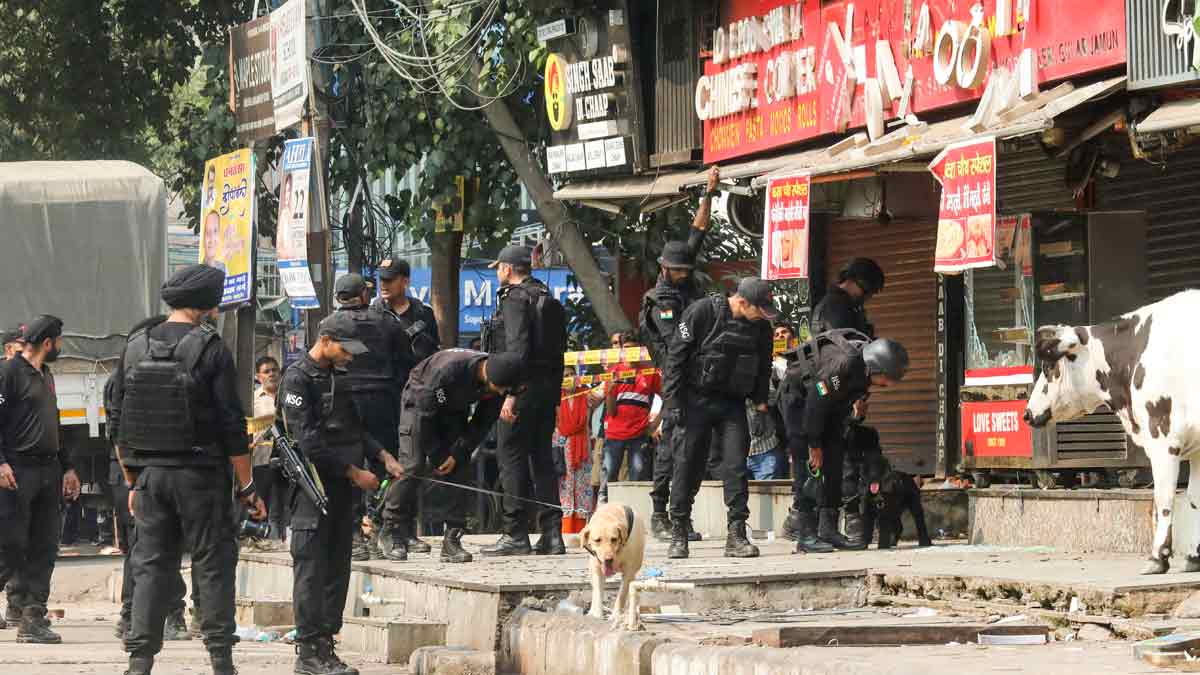


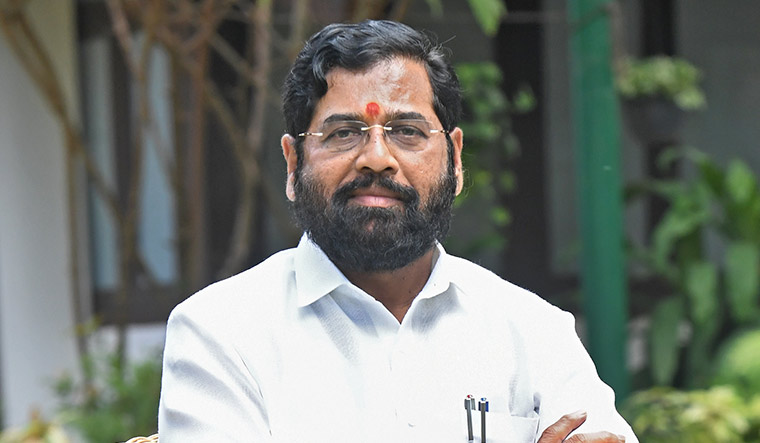
.png)
 (1).png)
